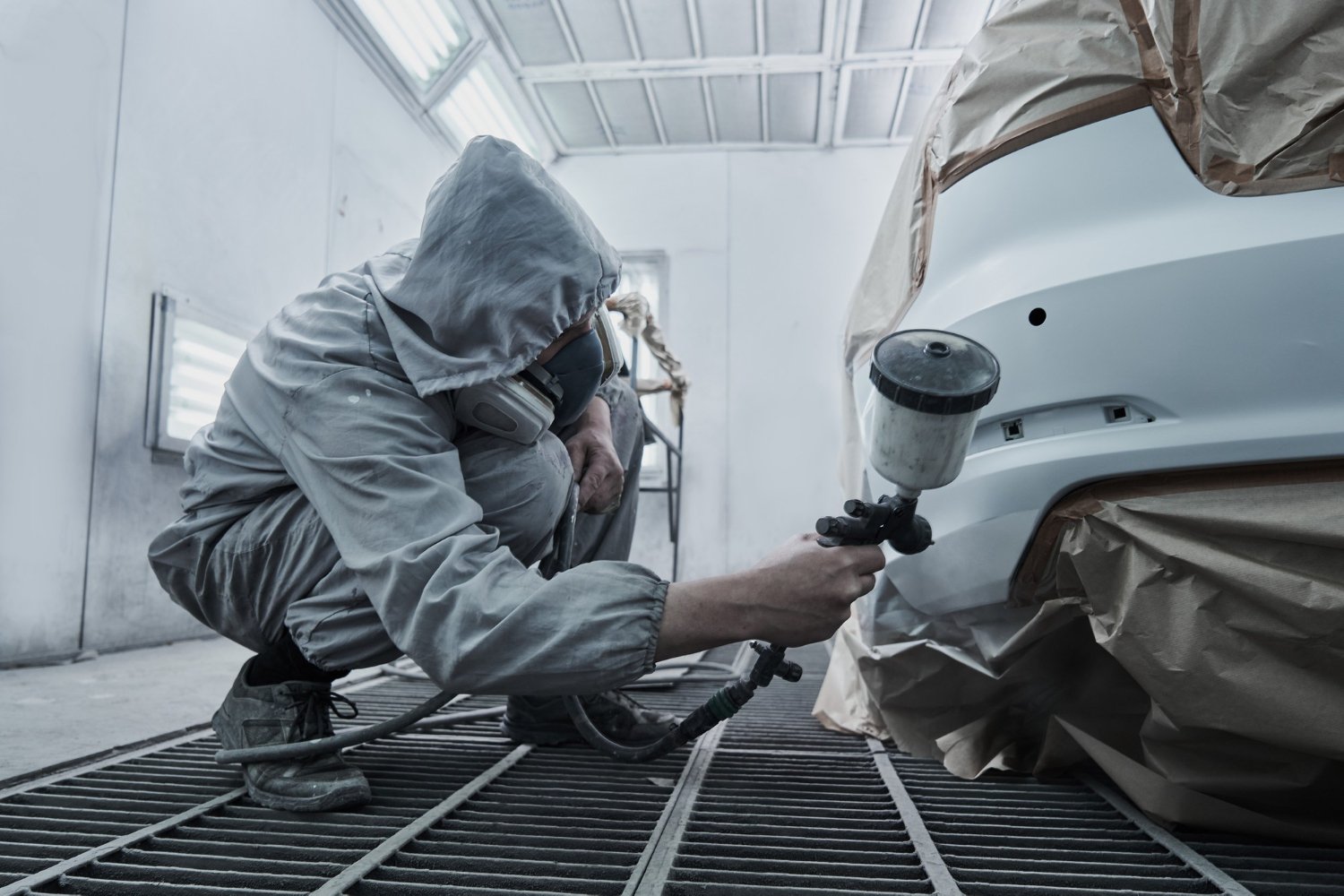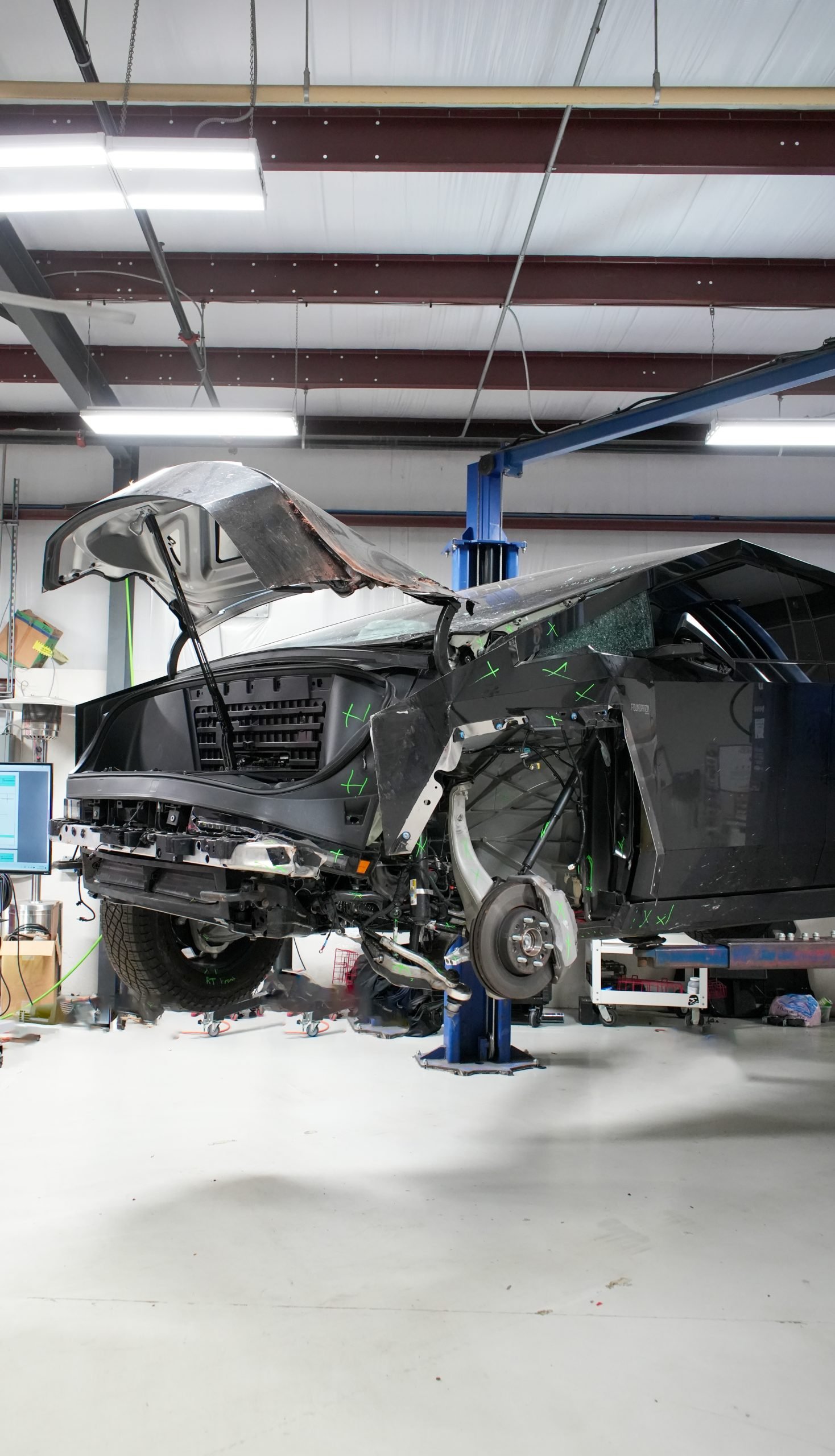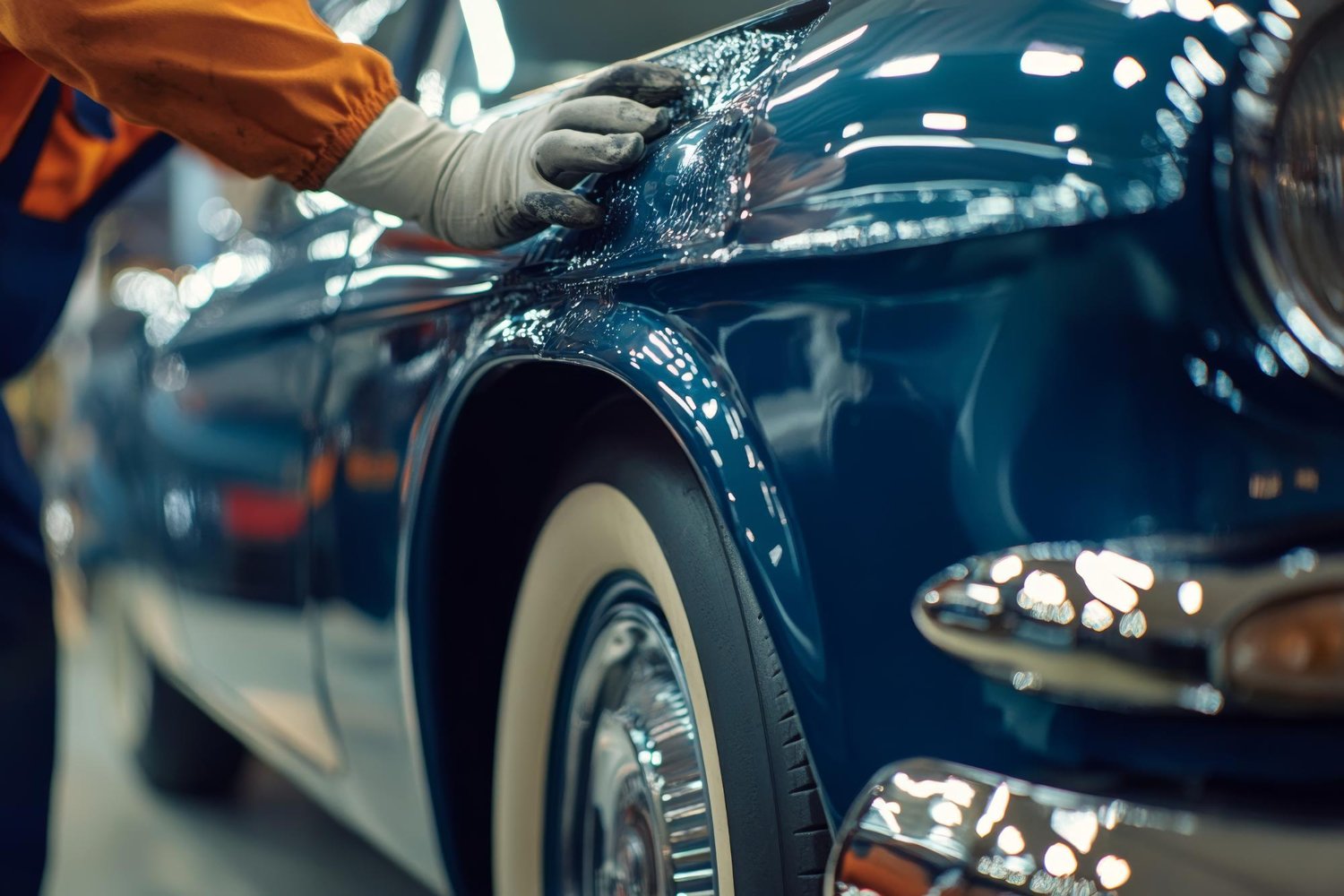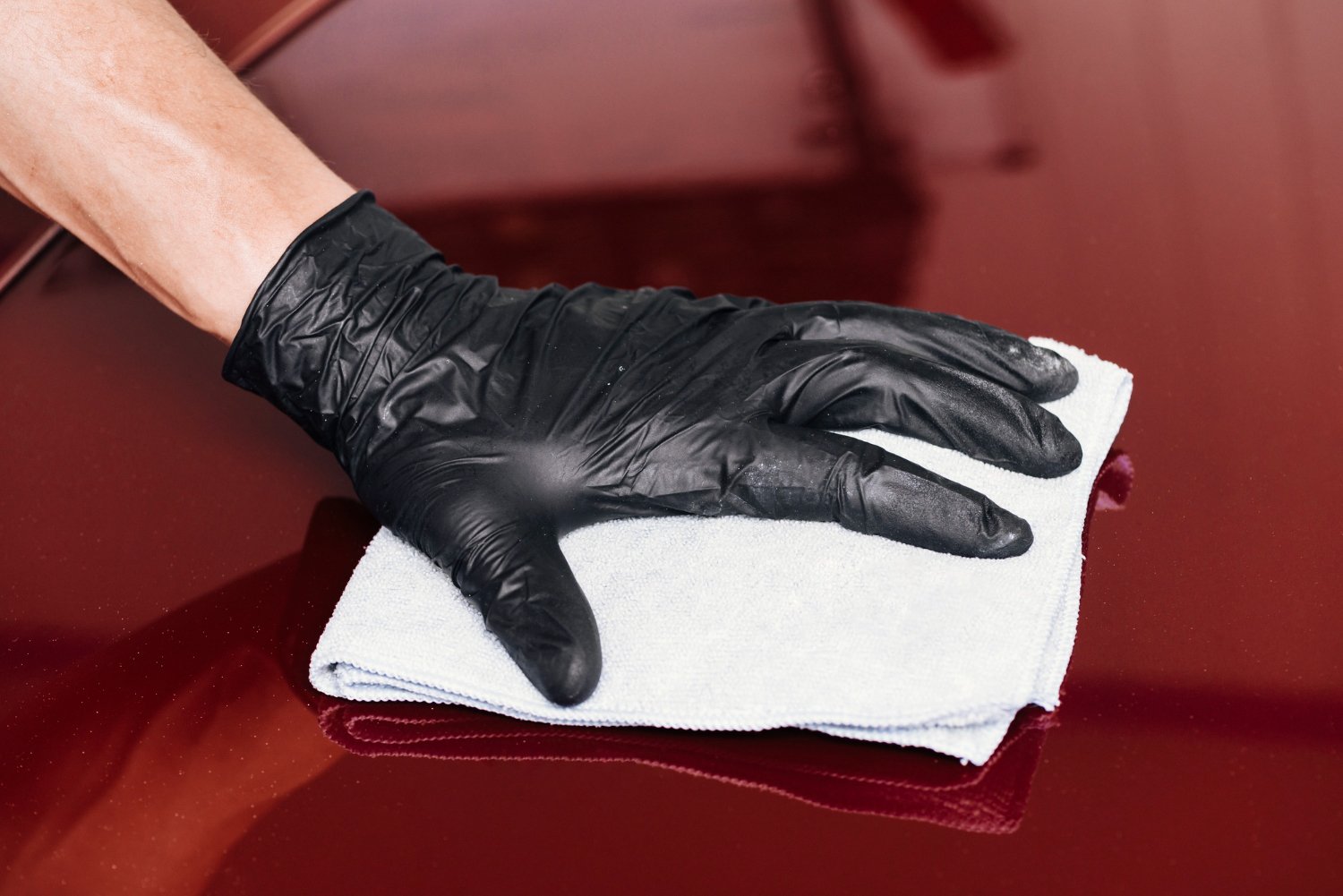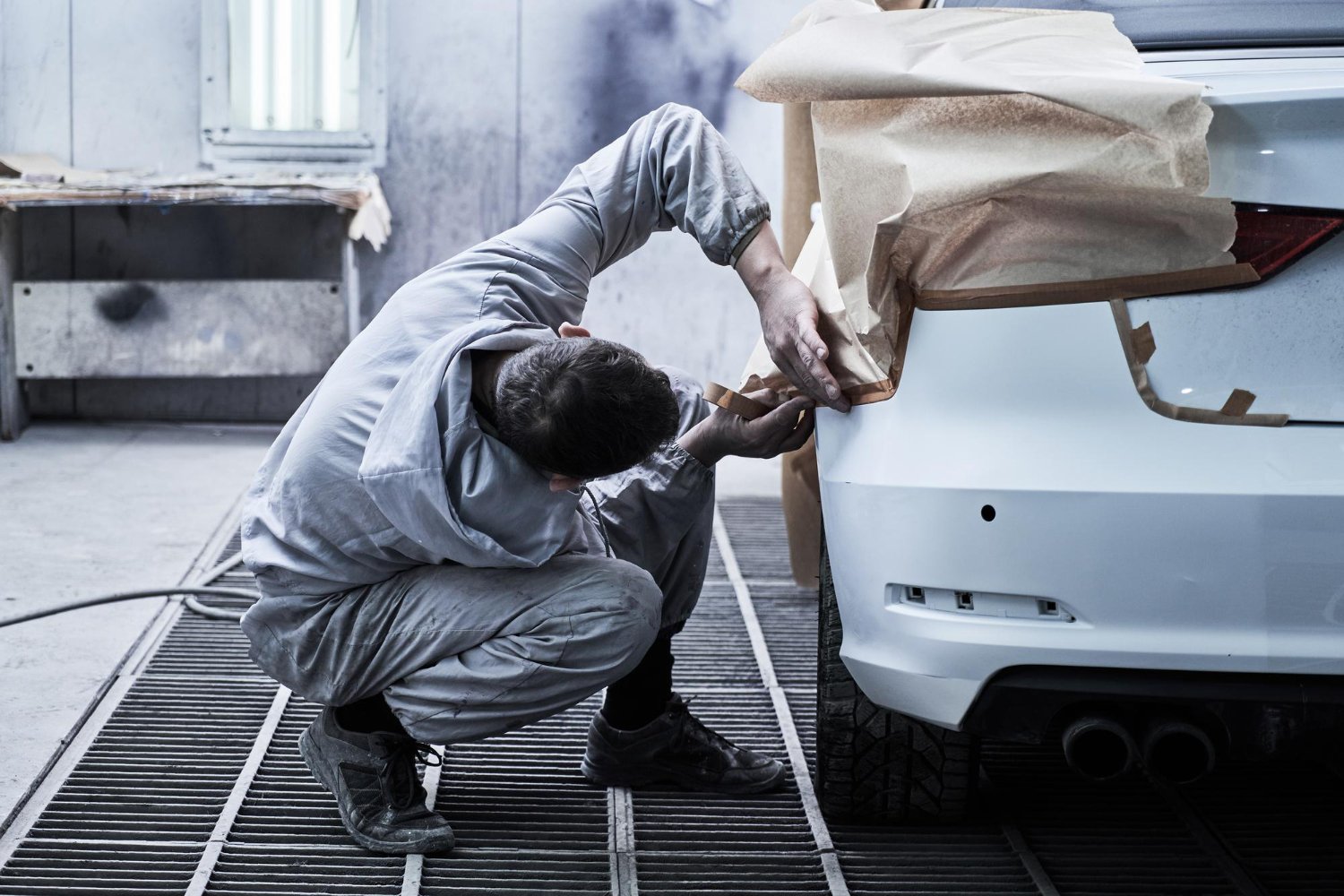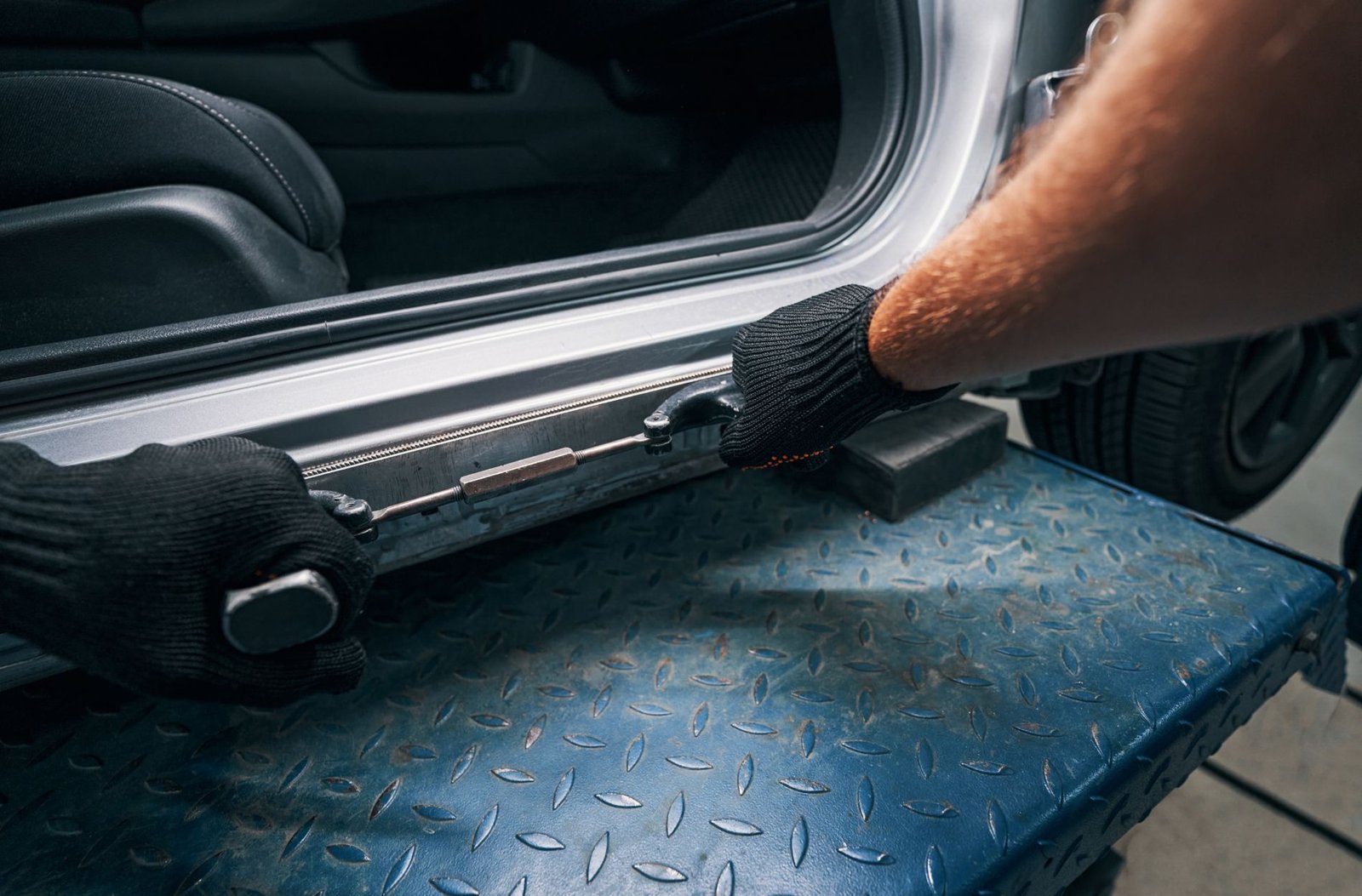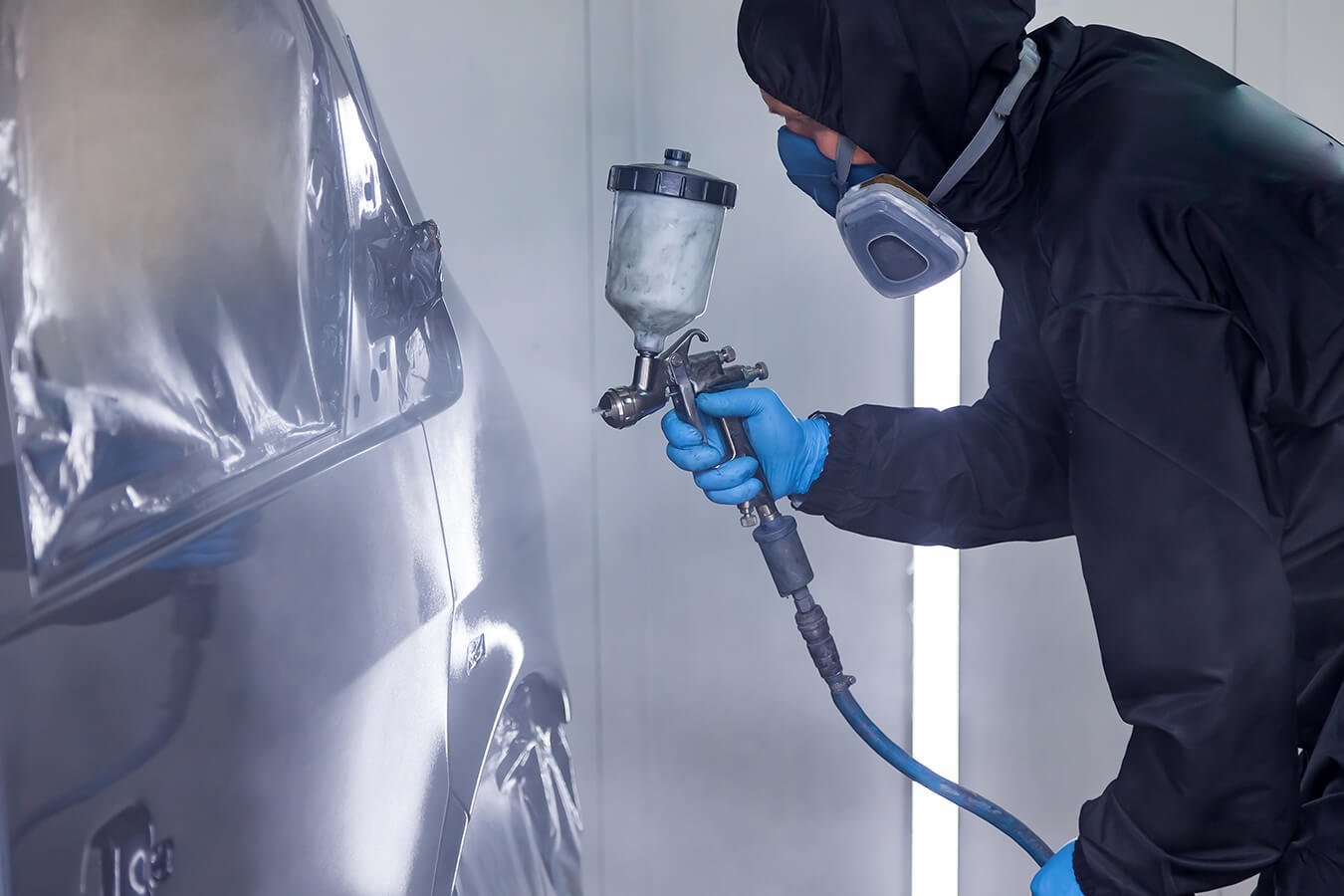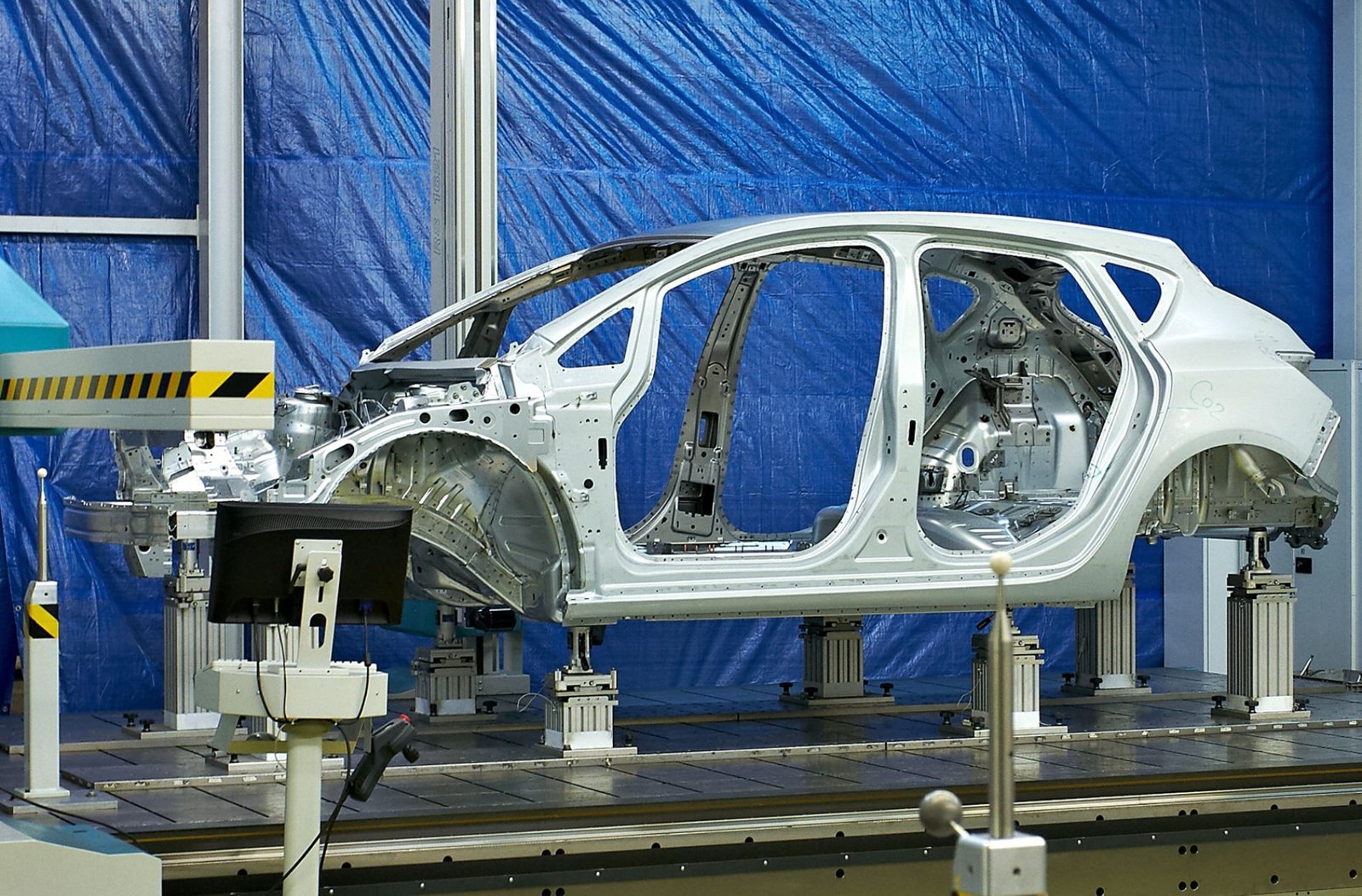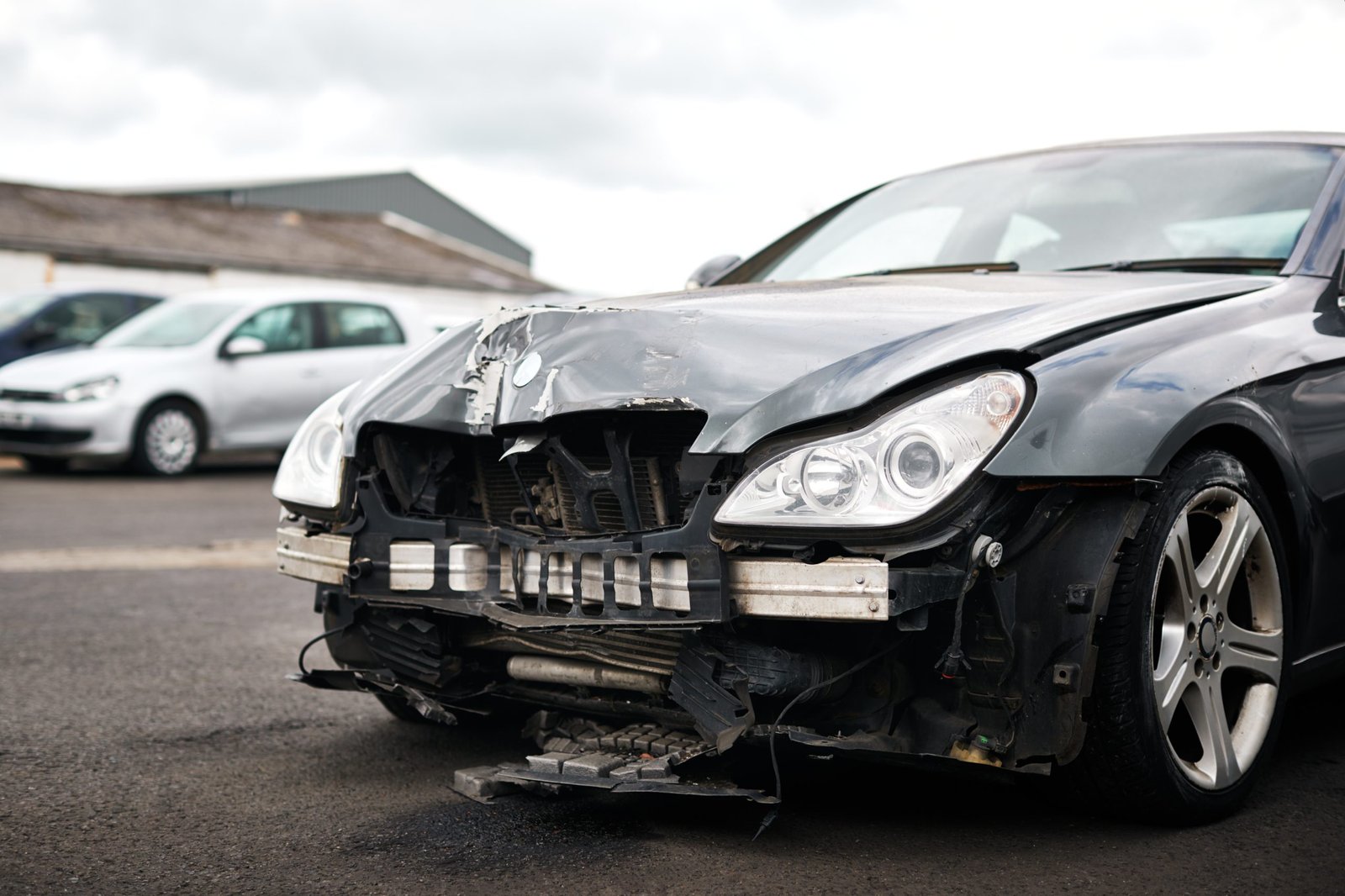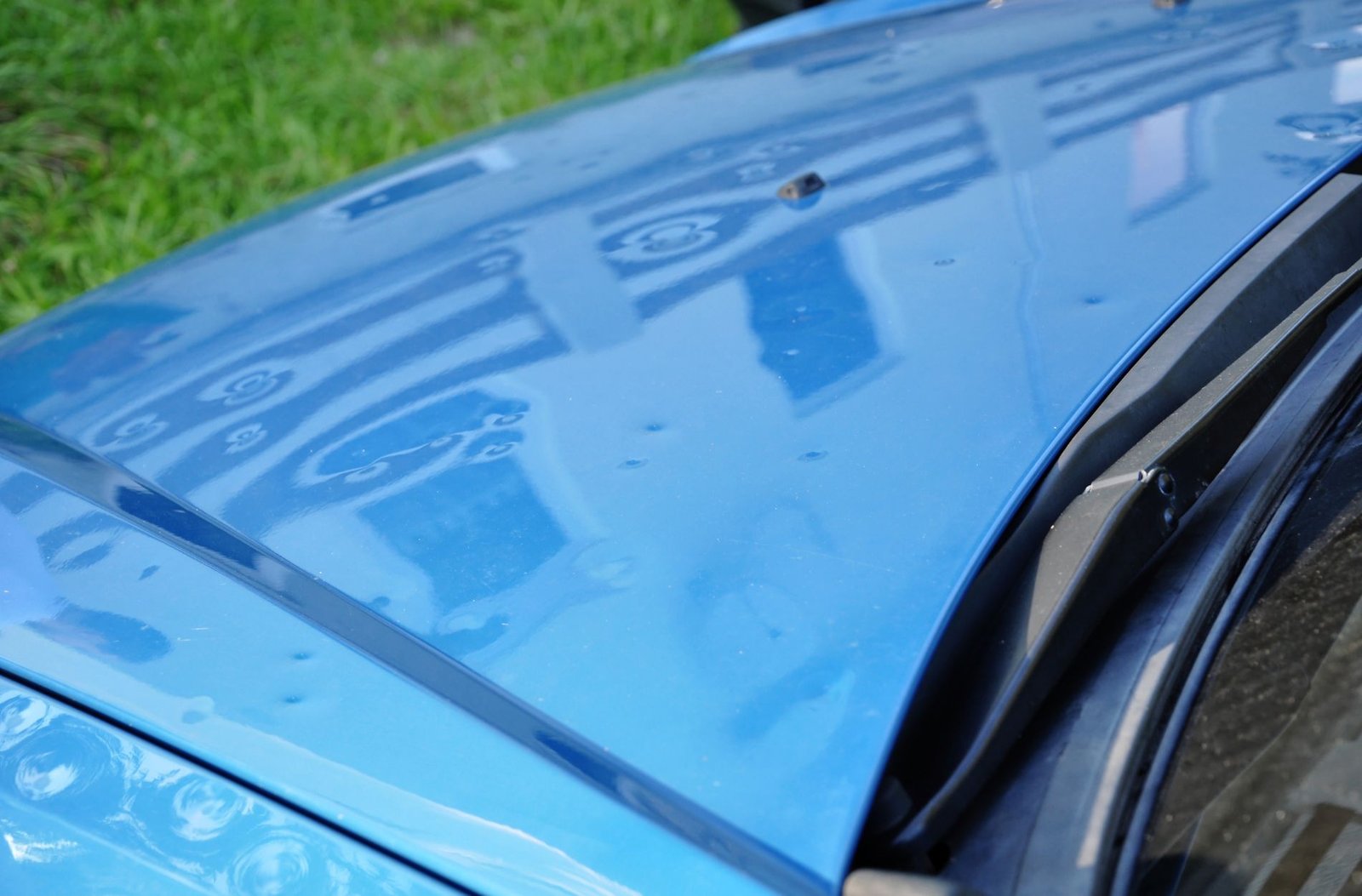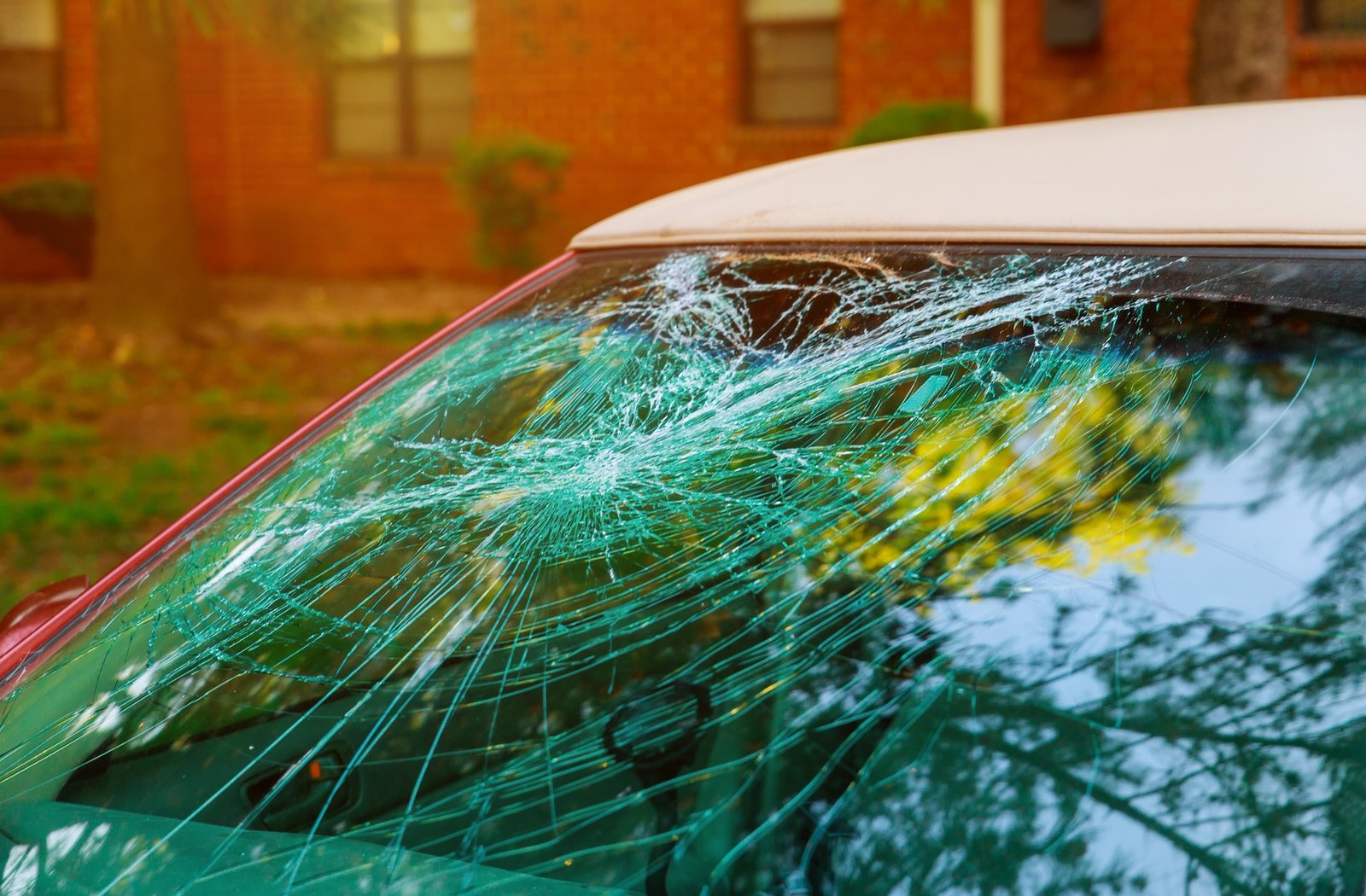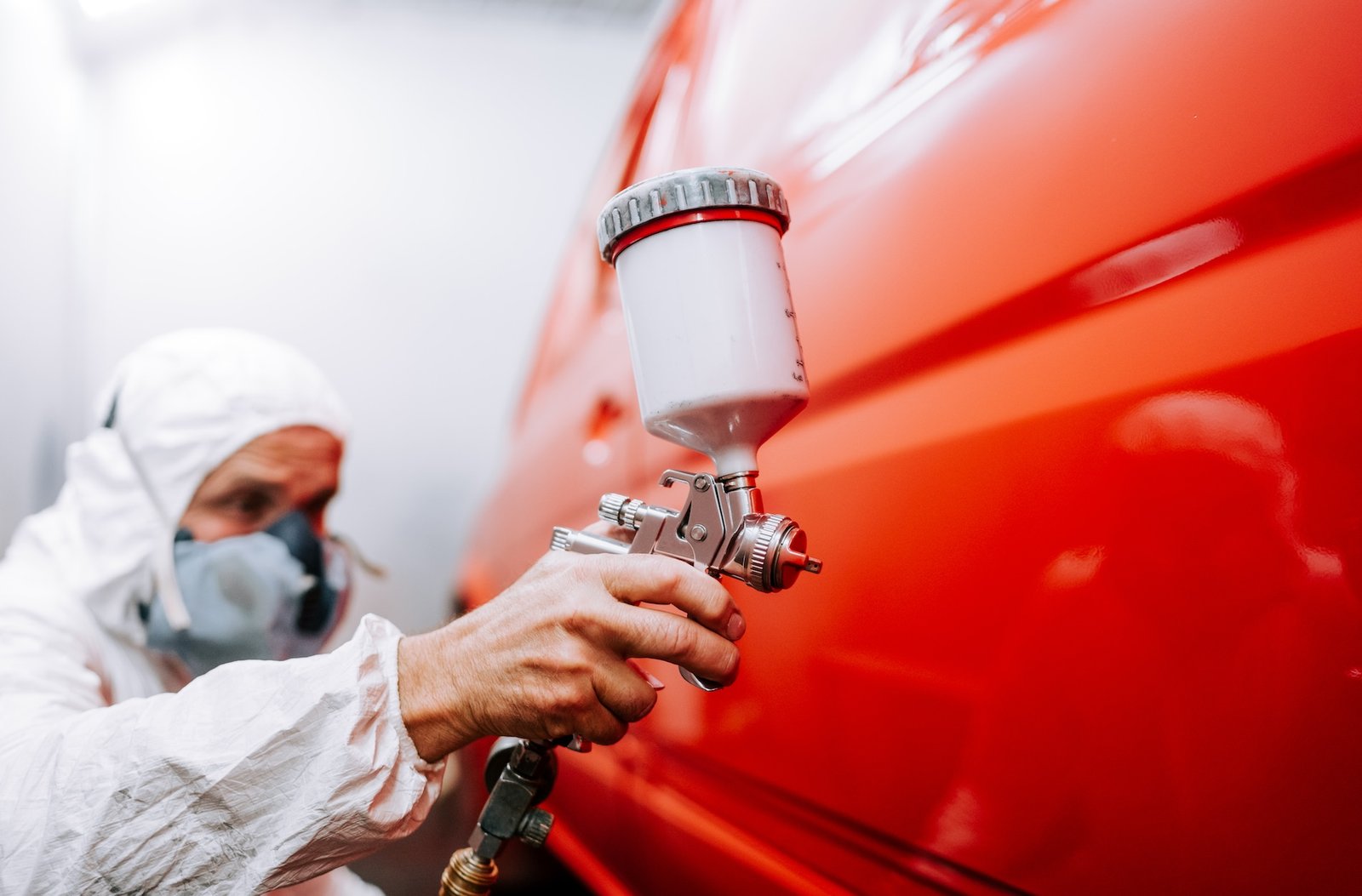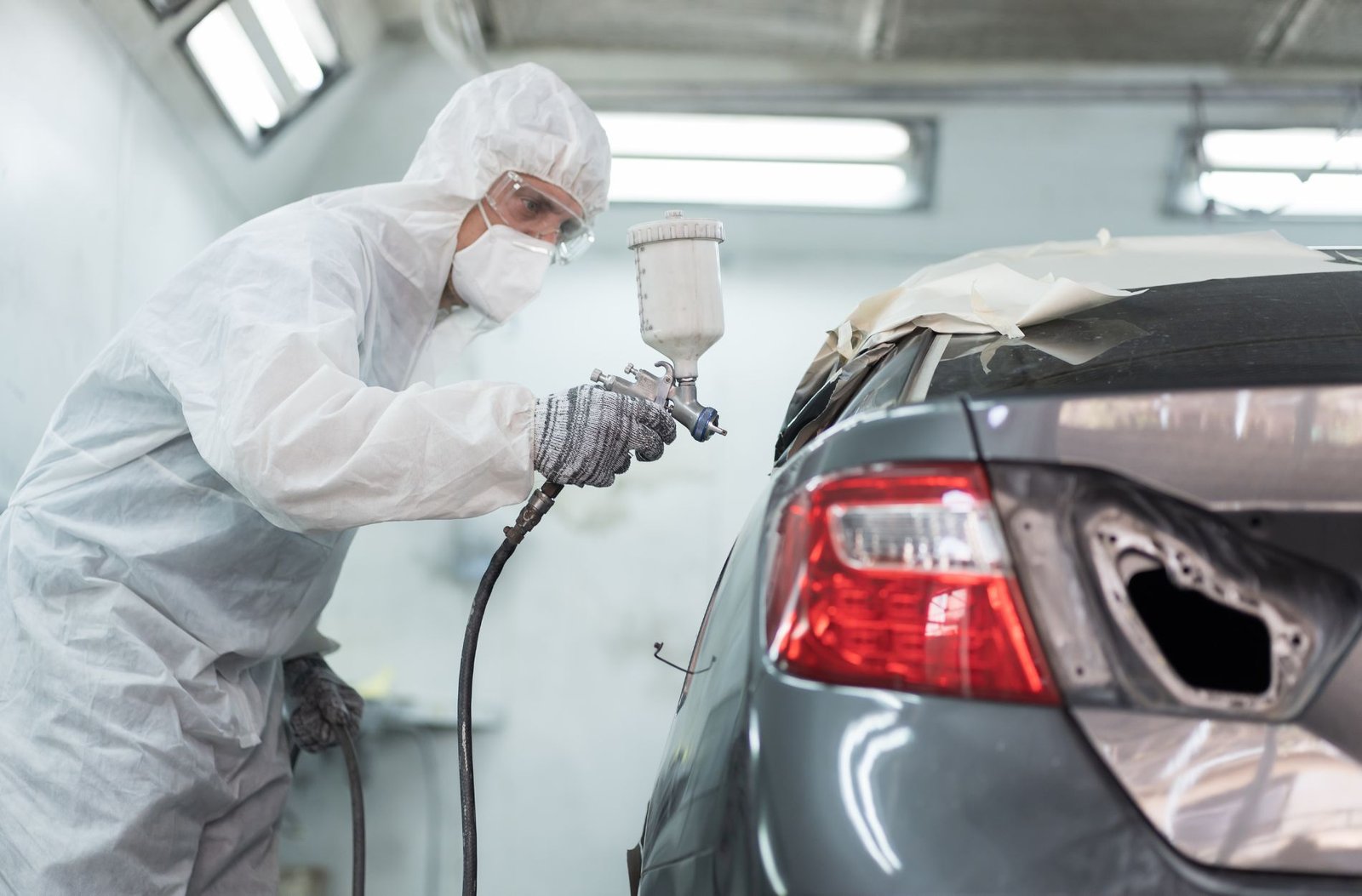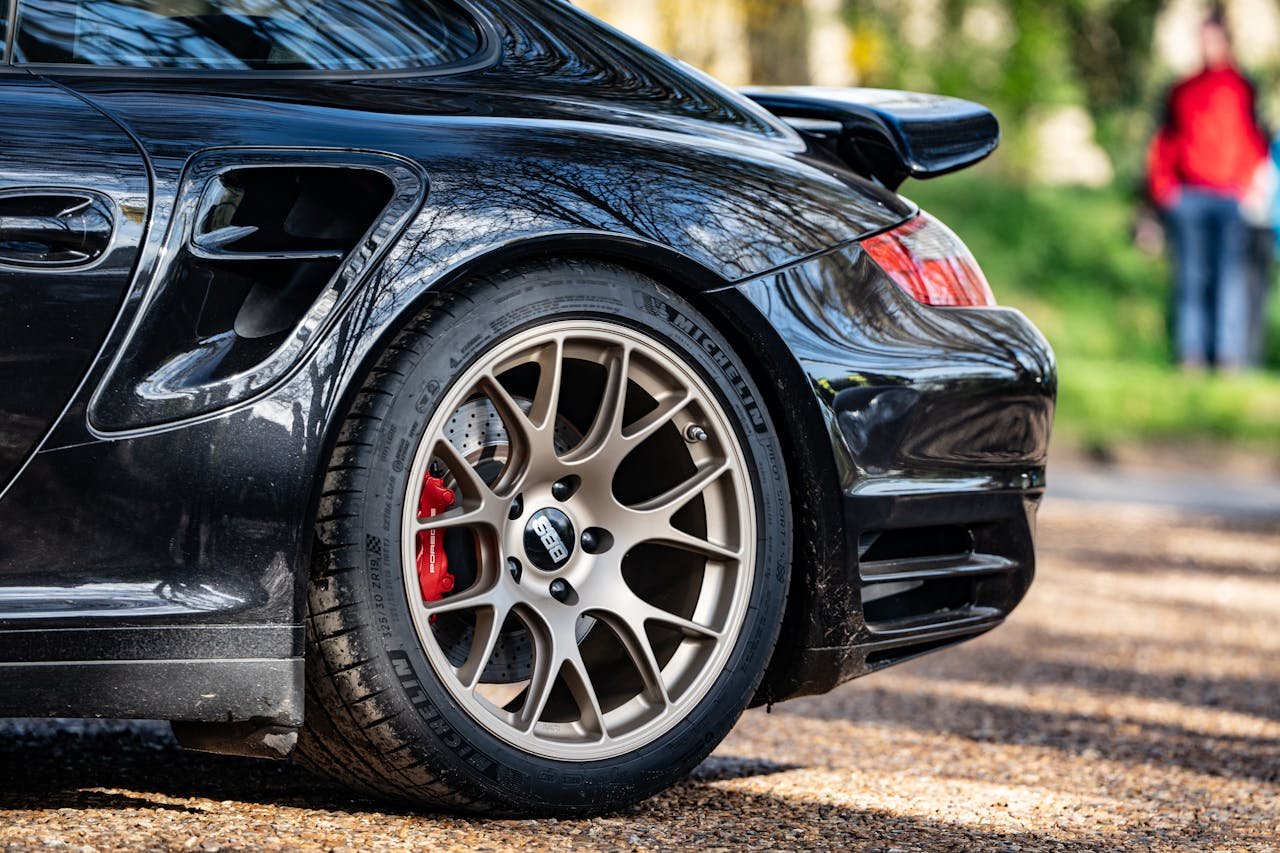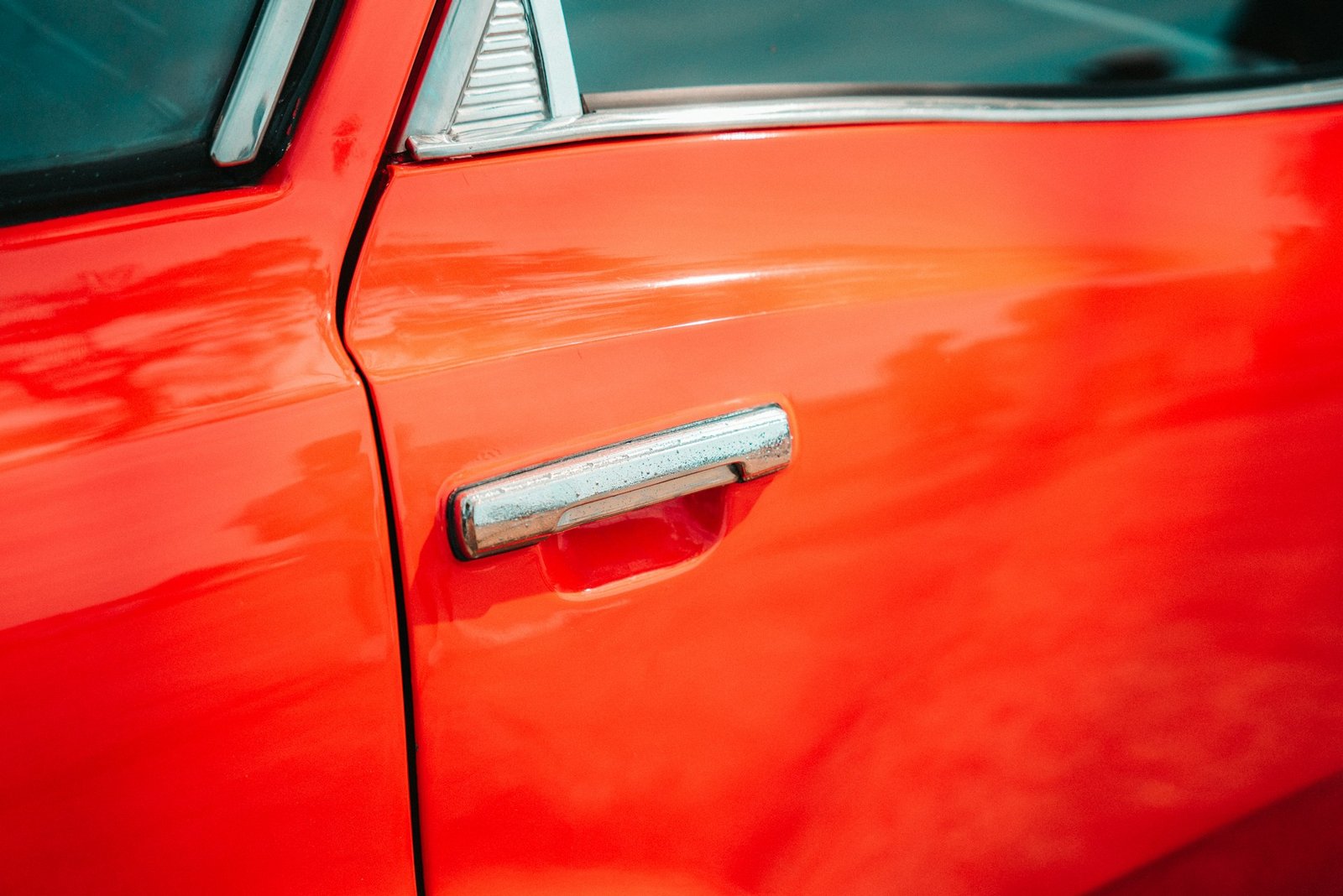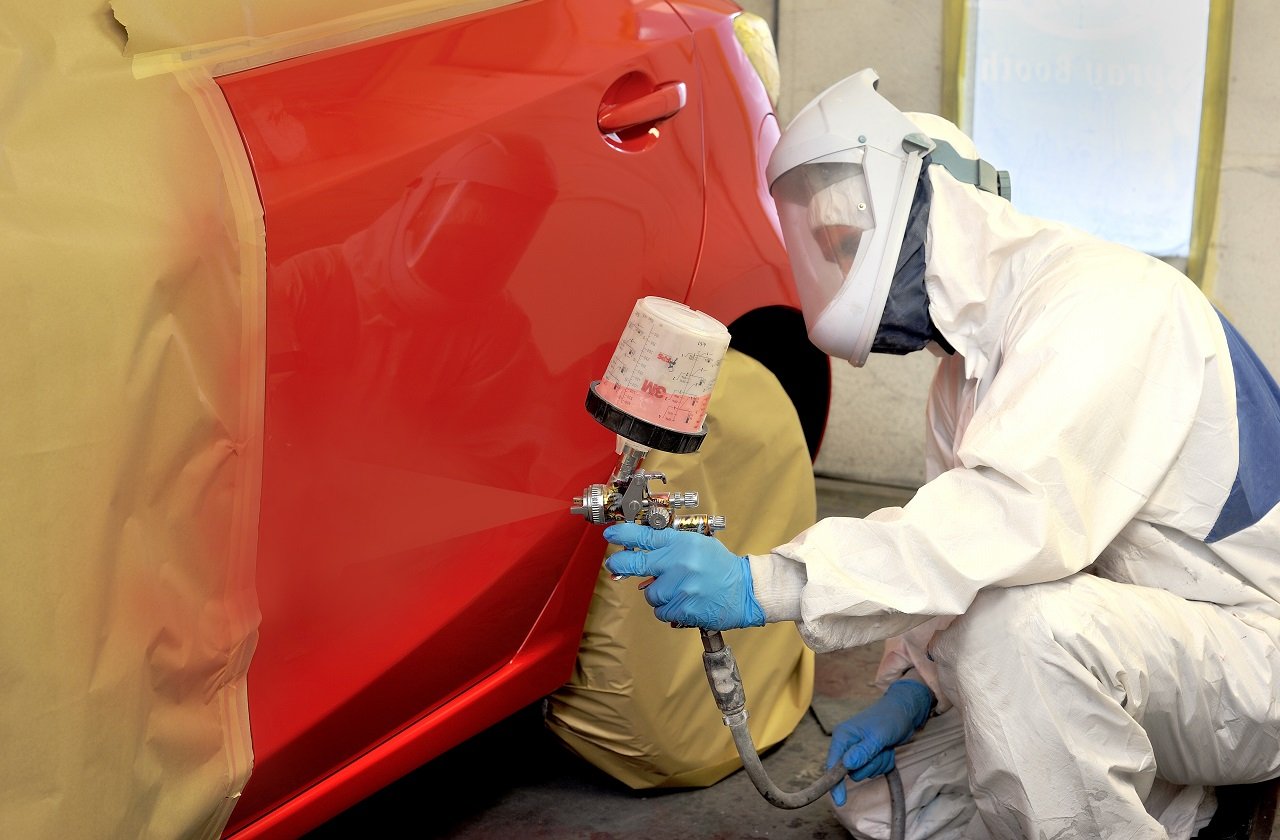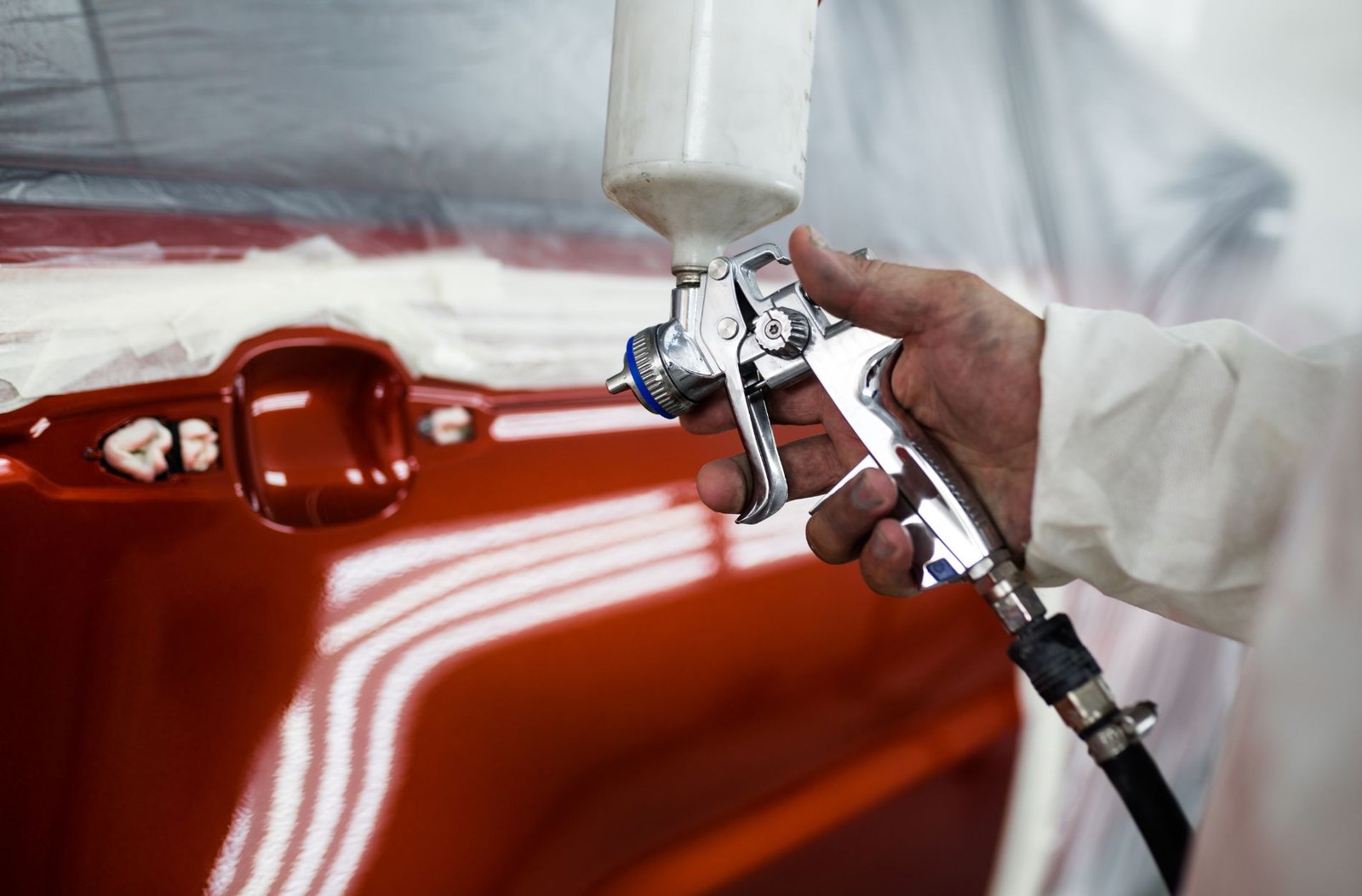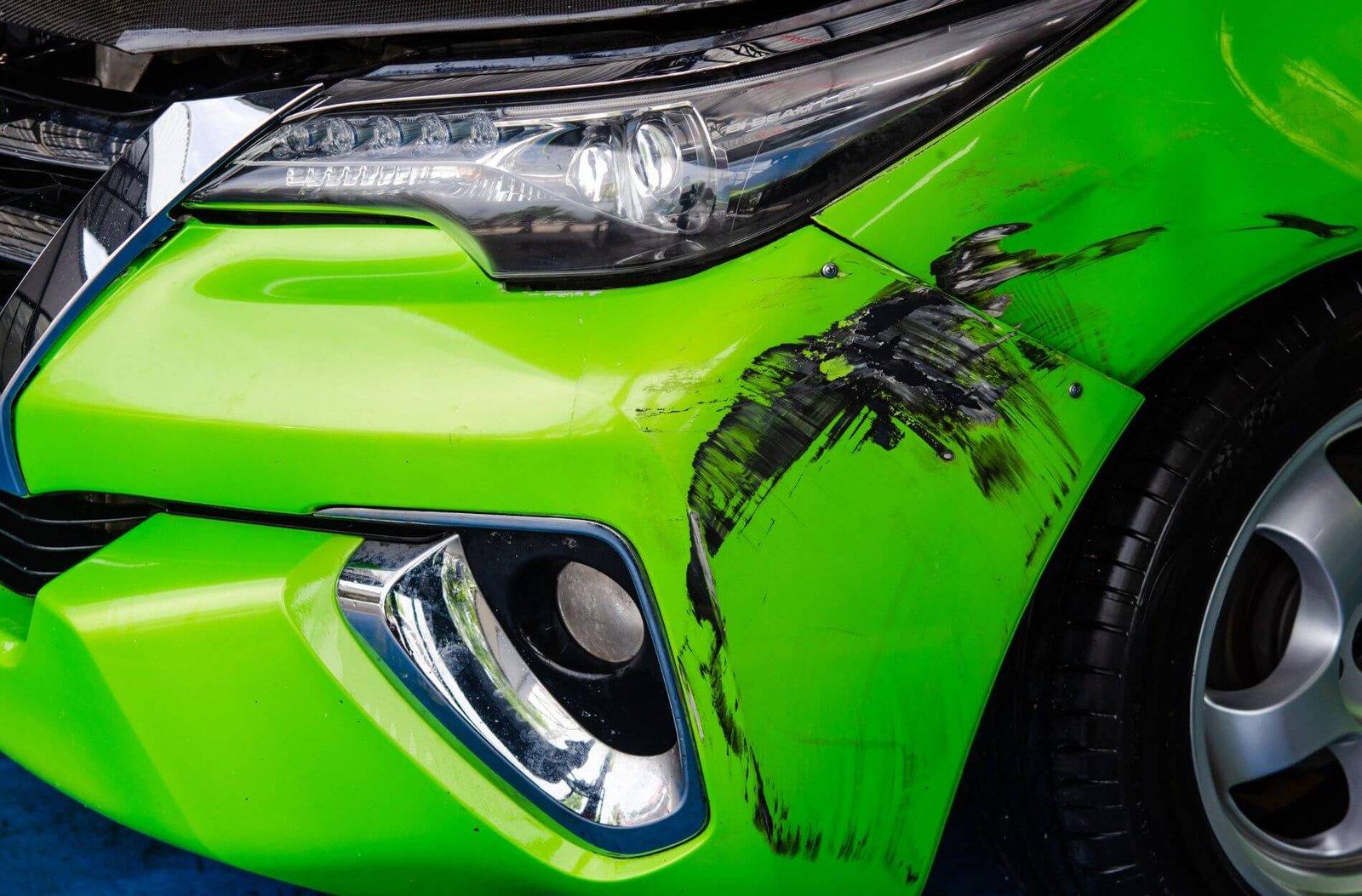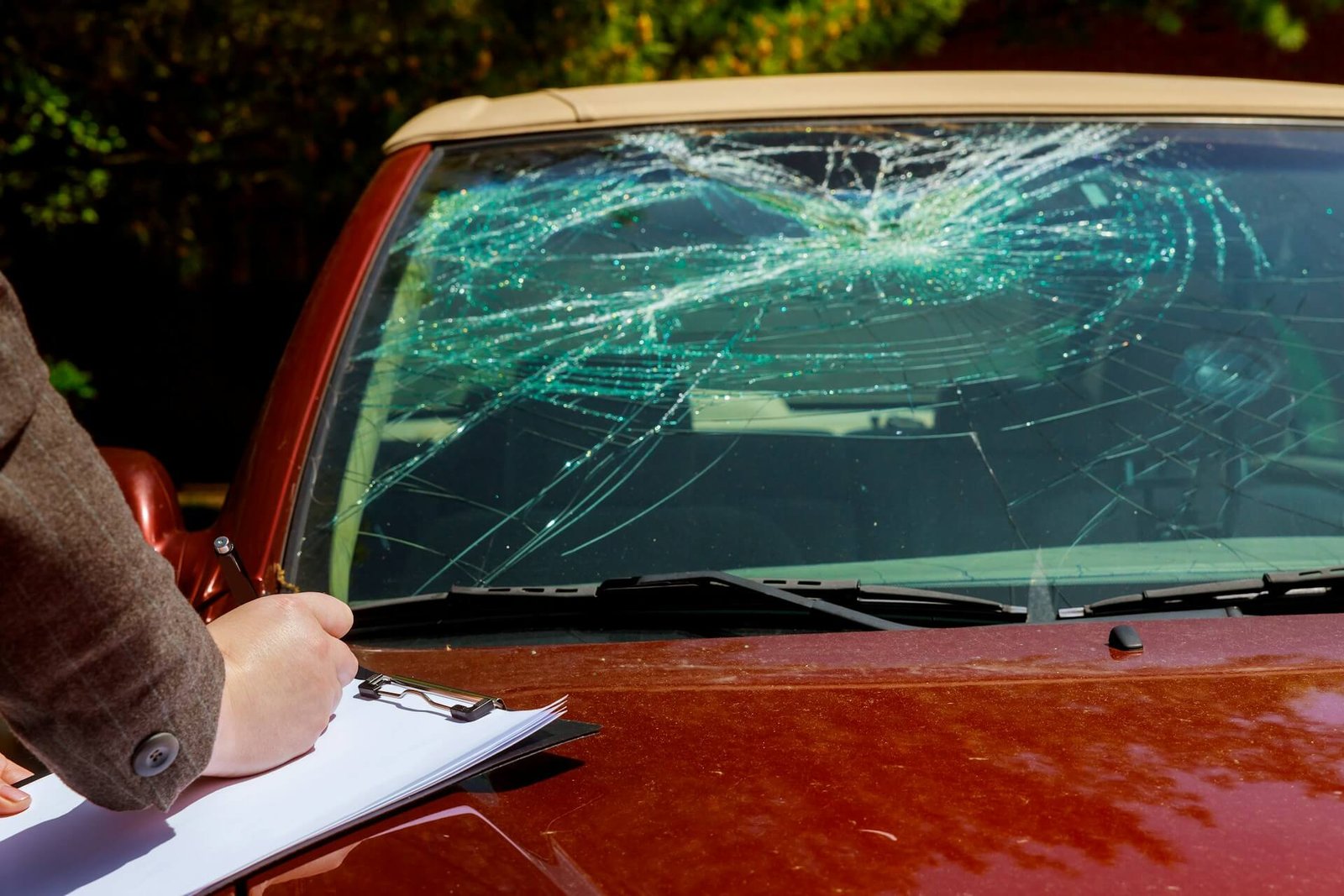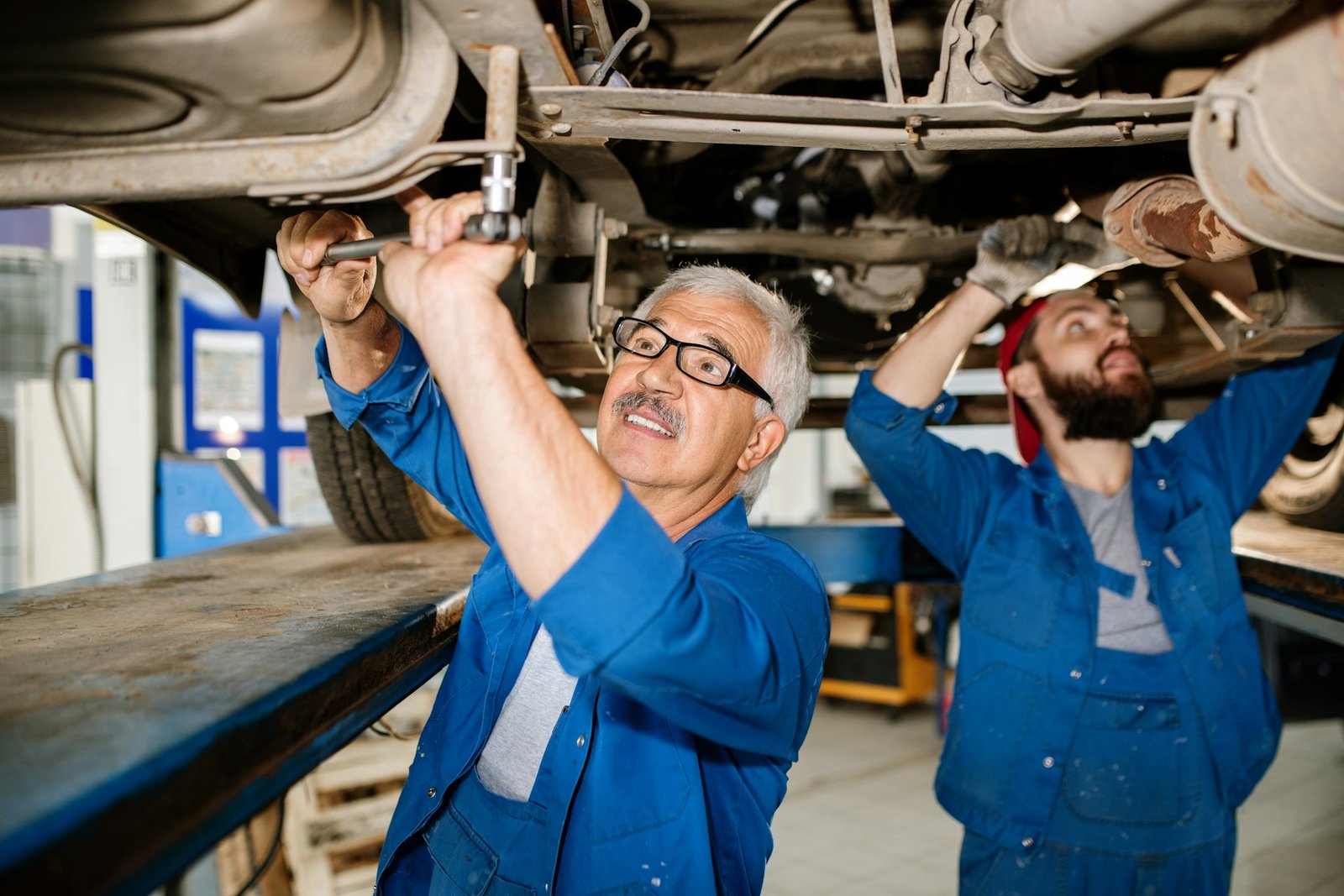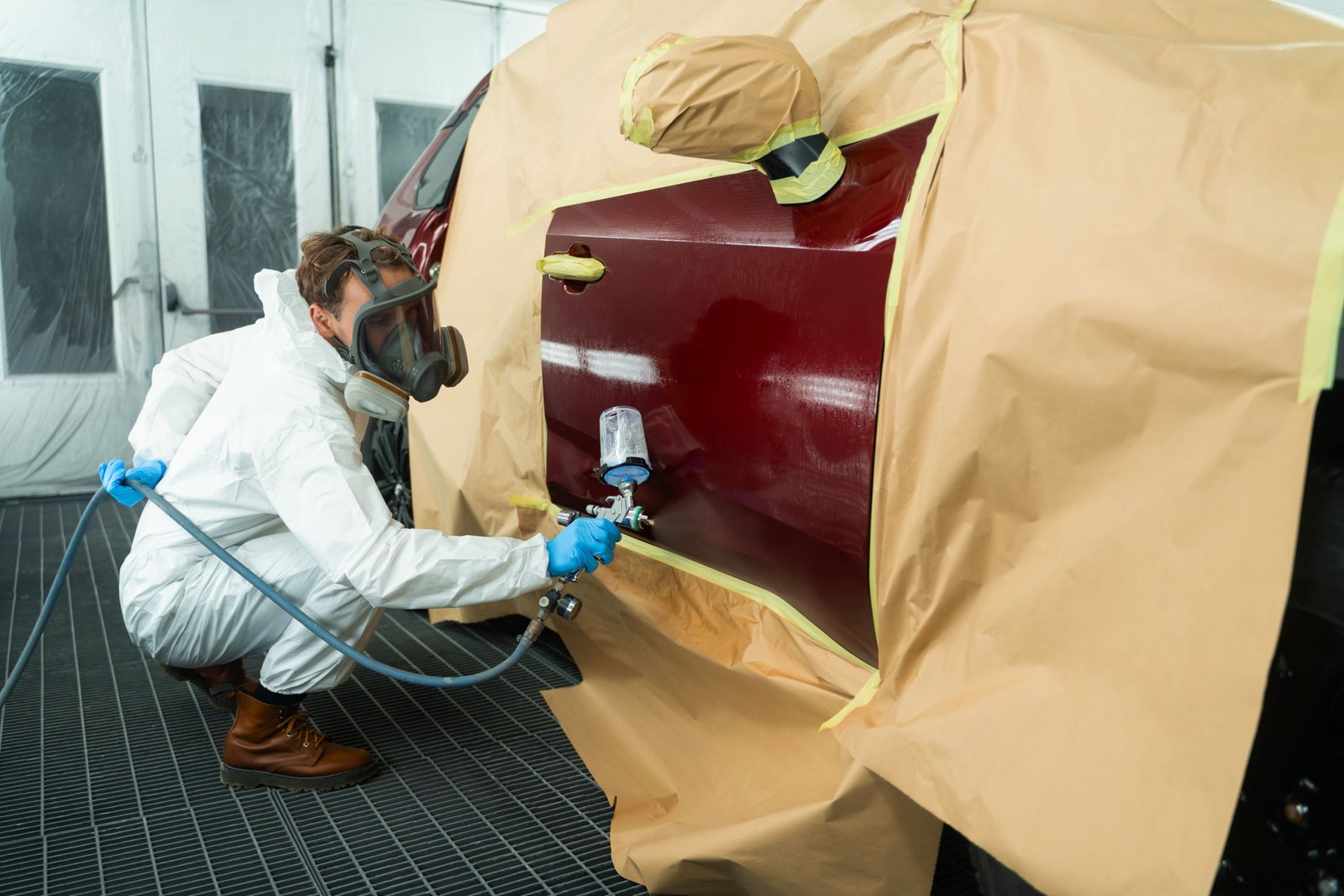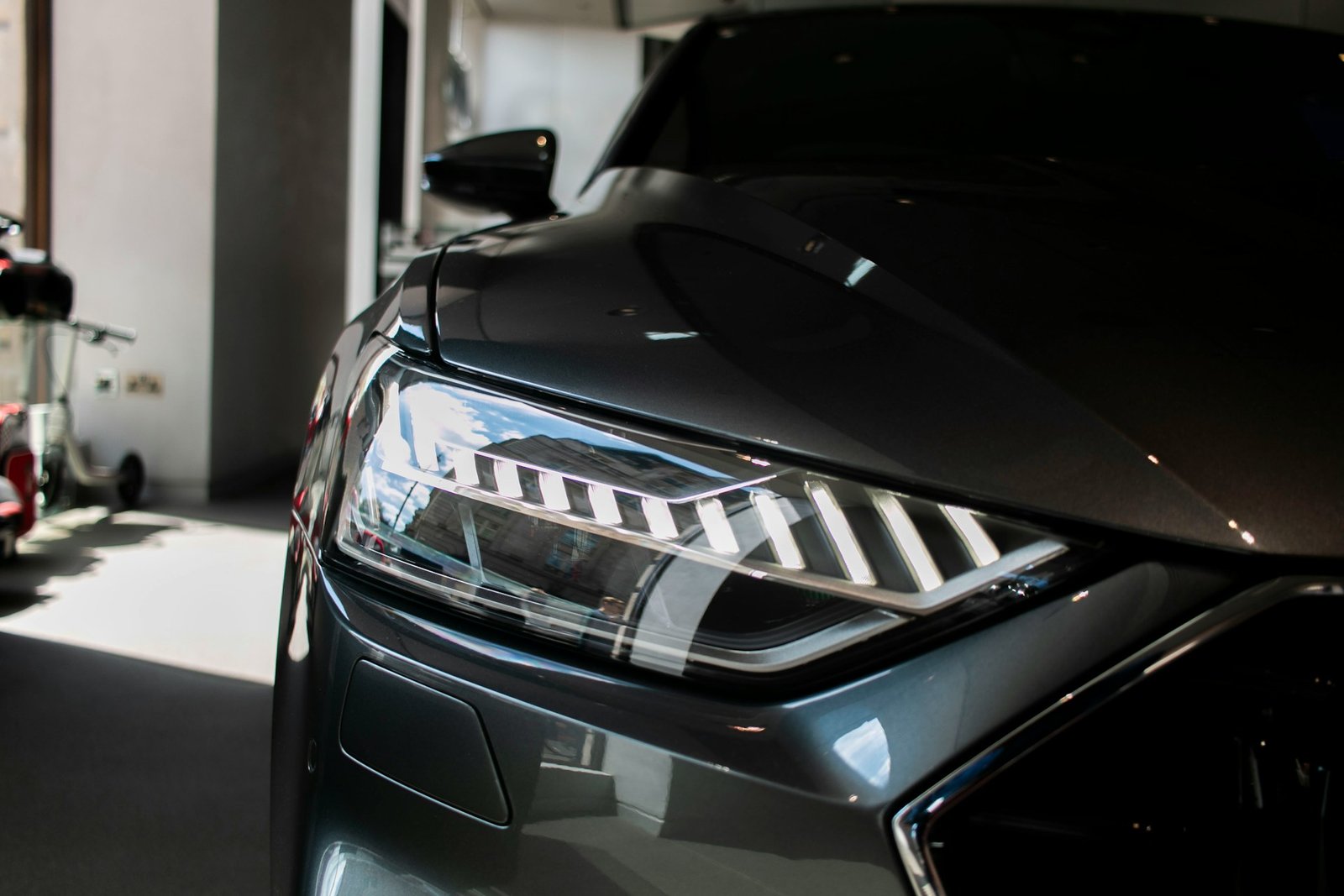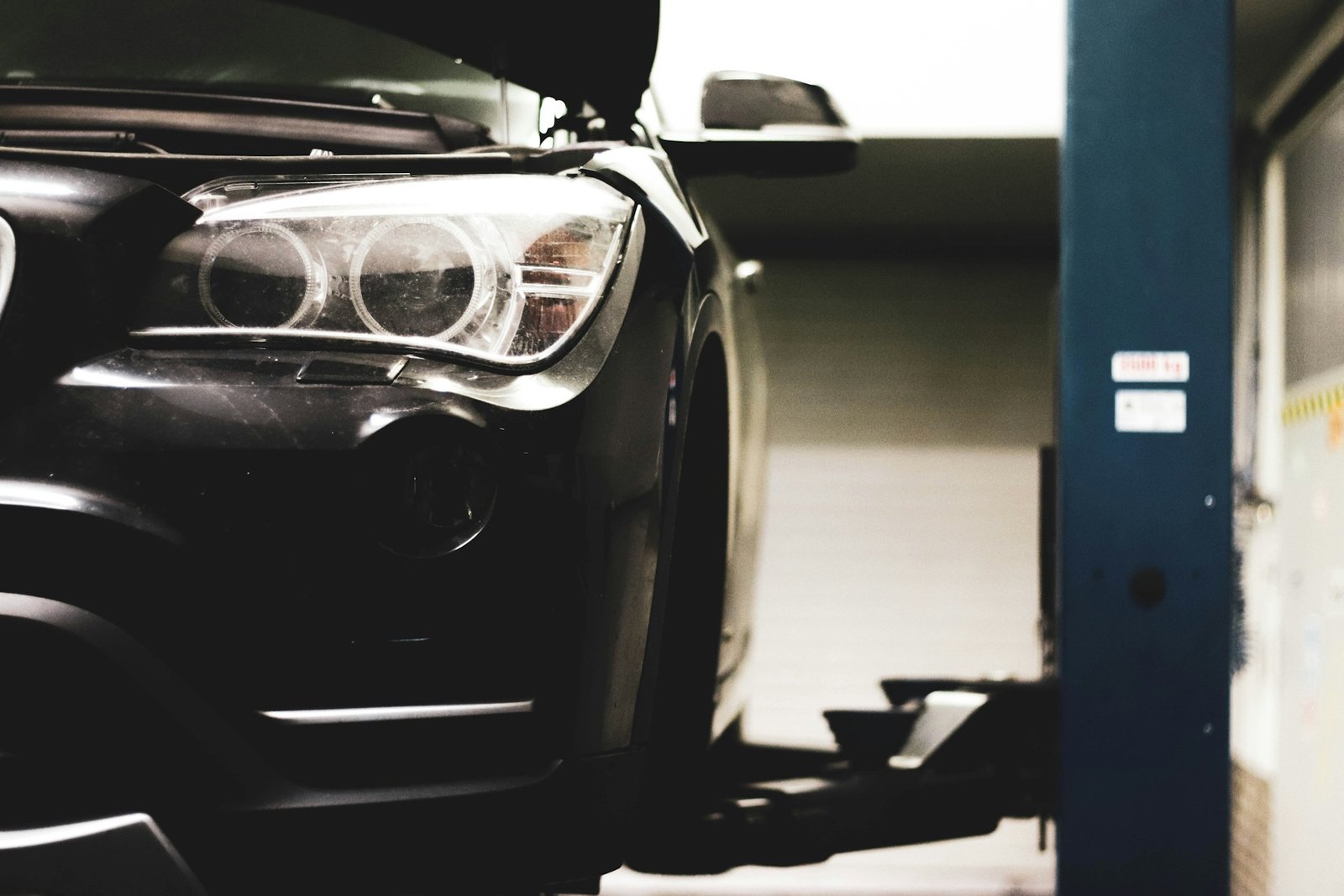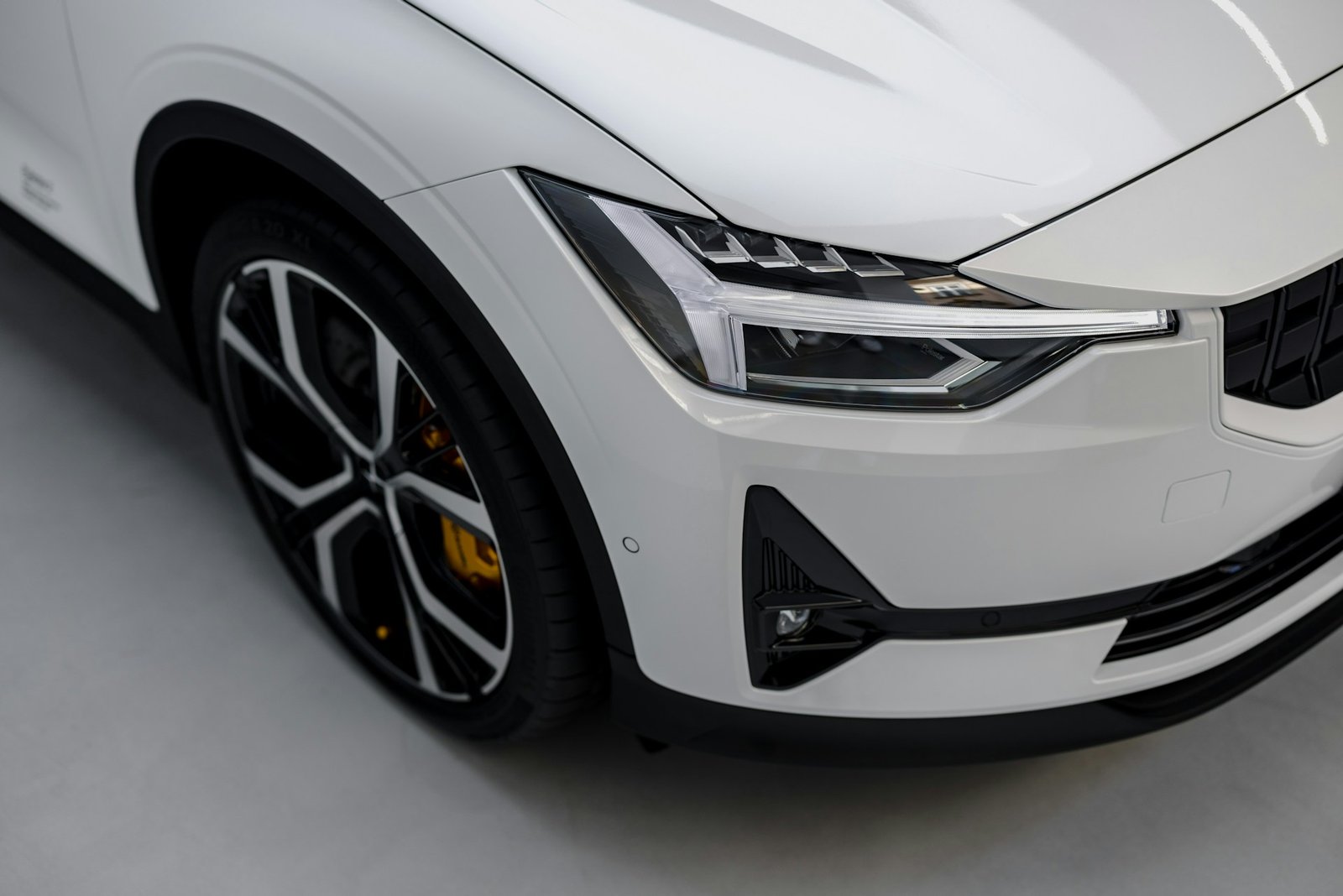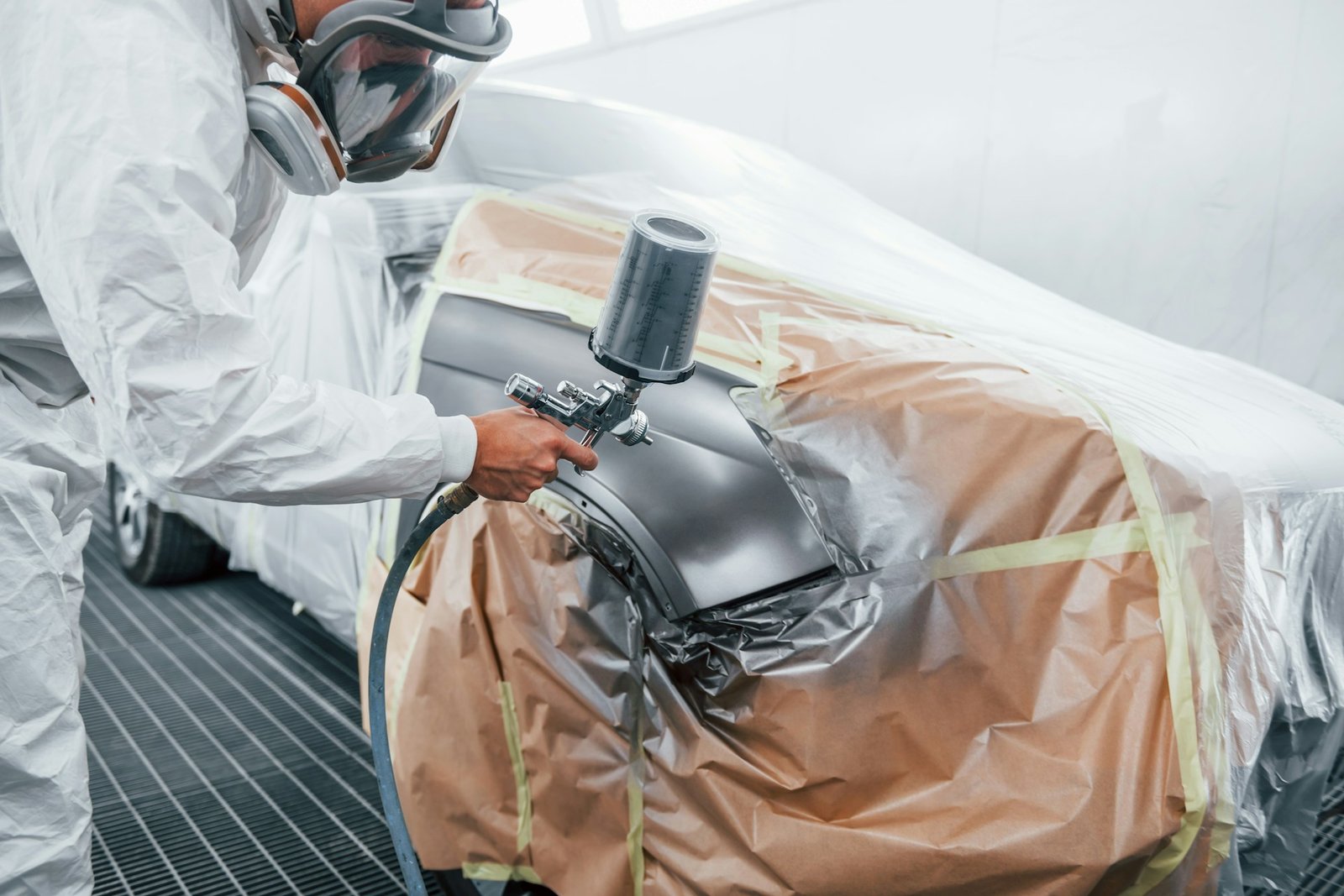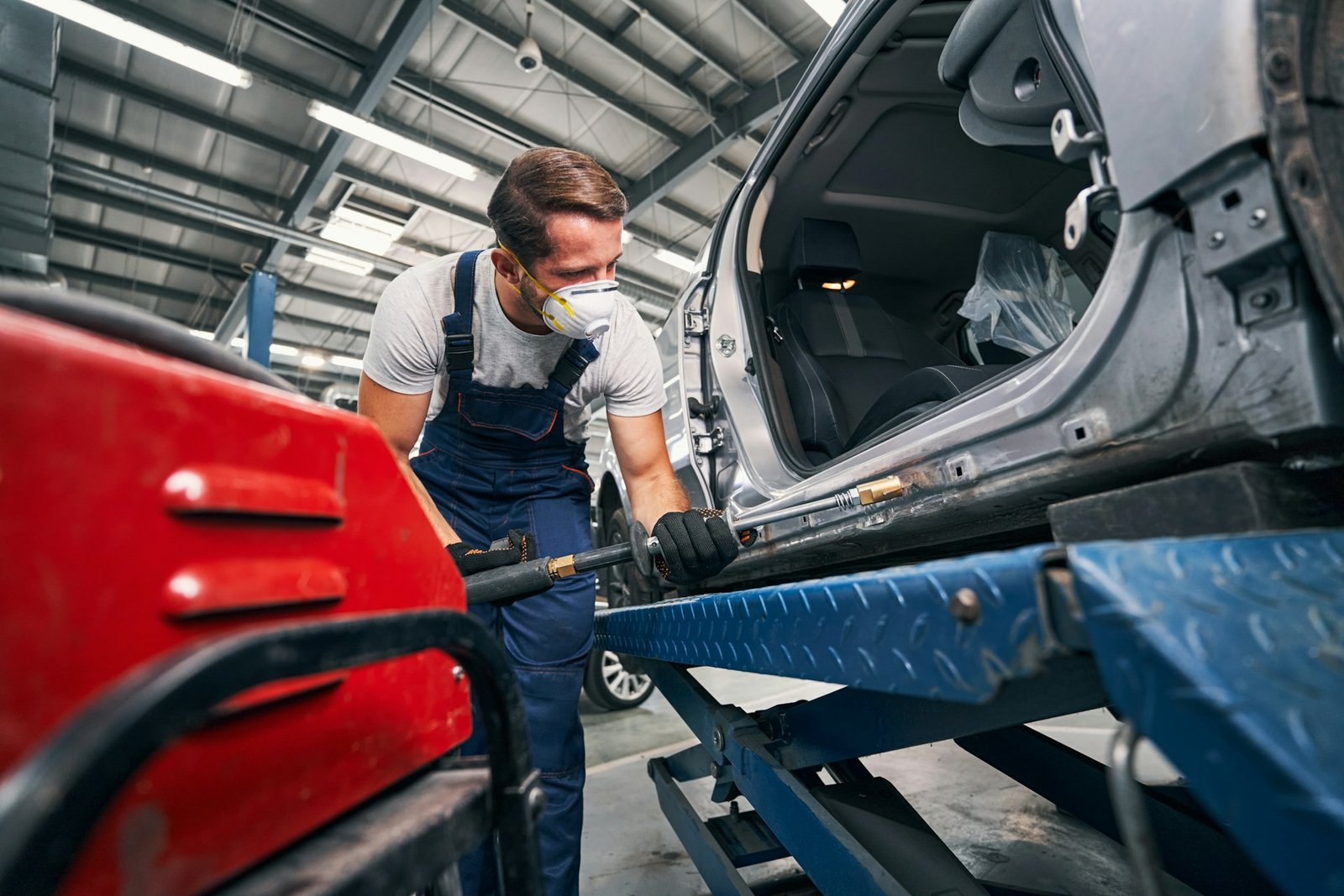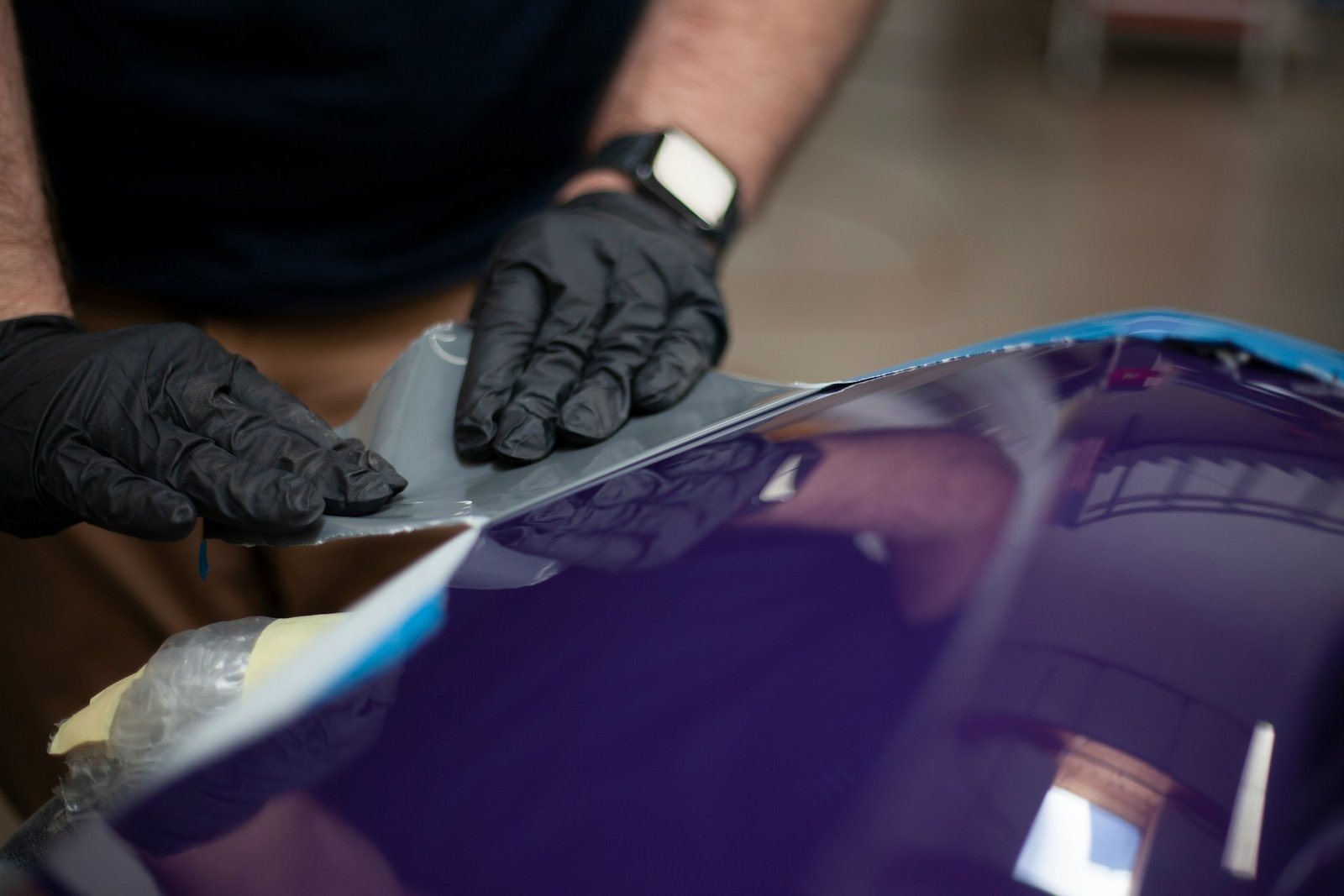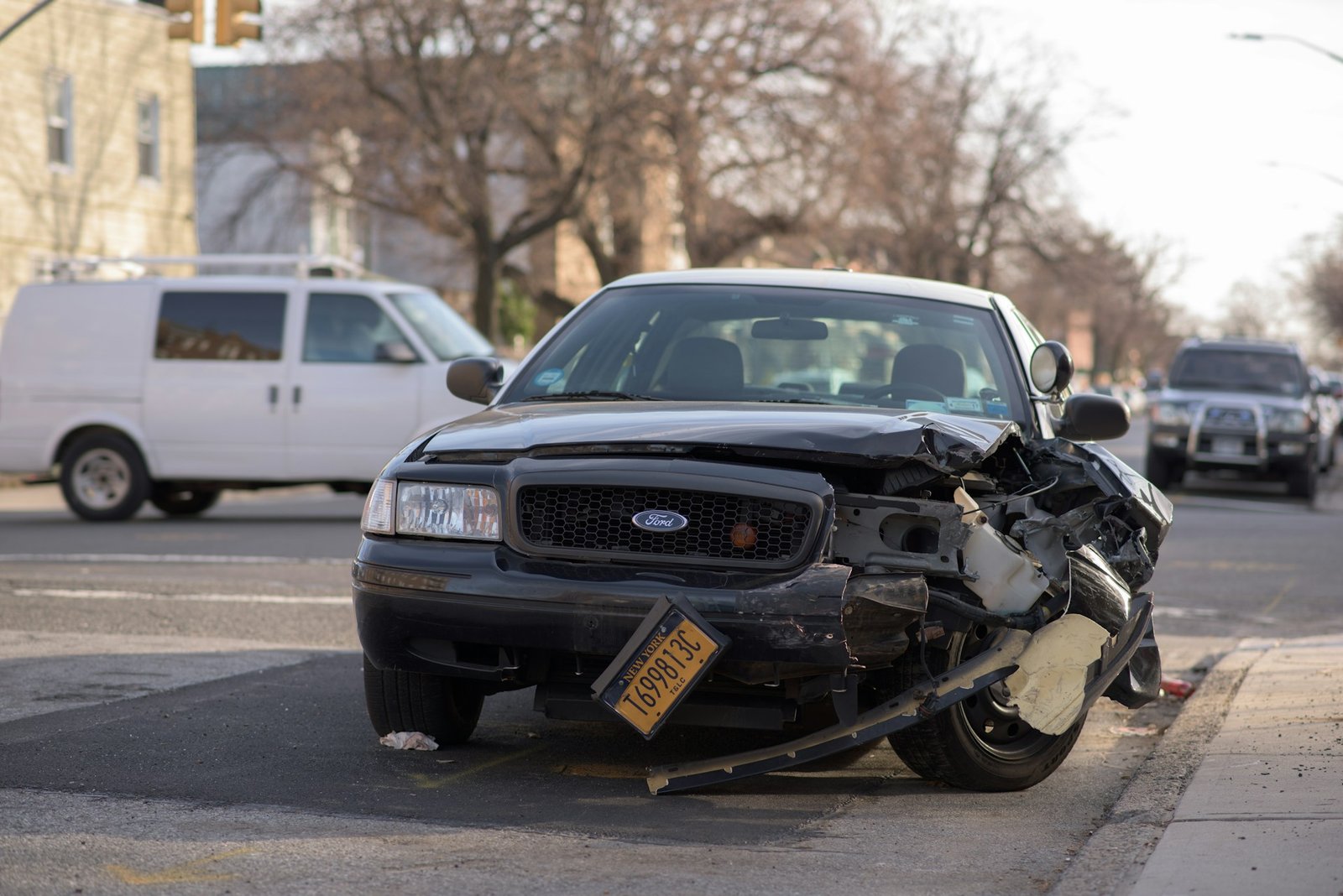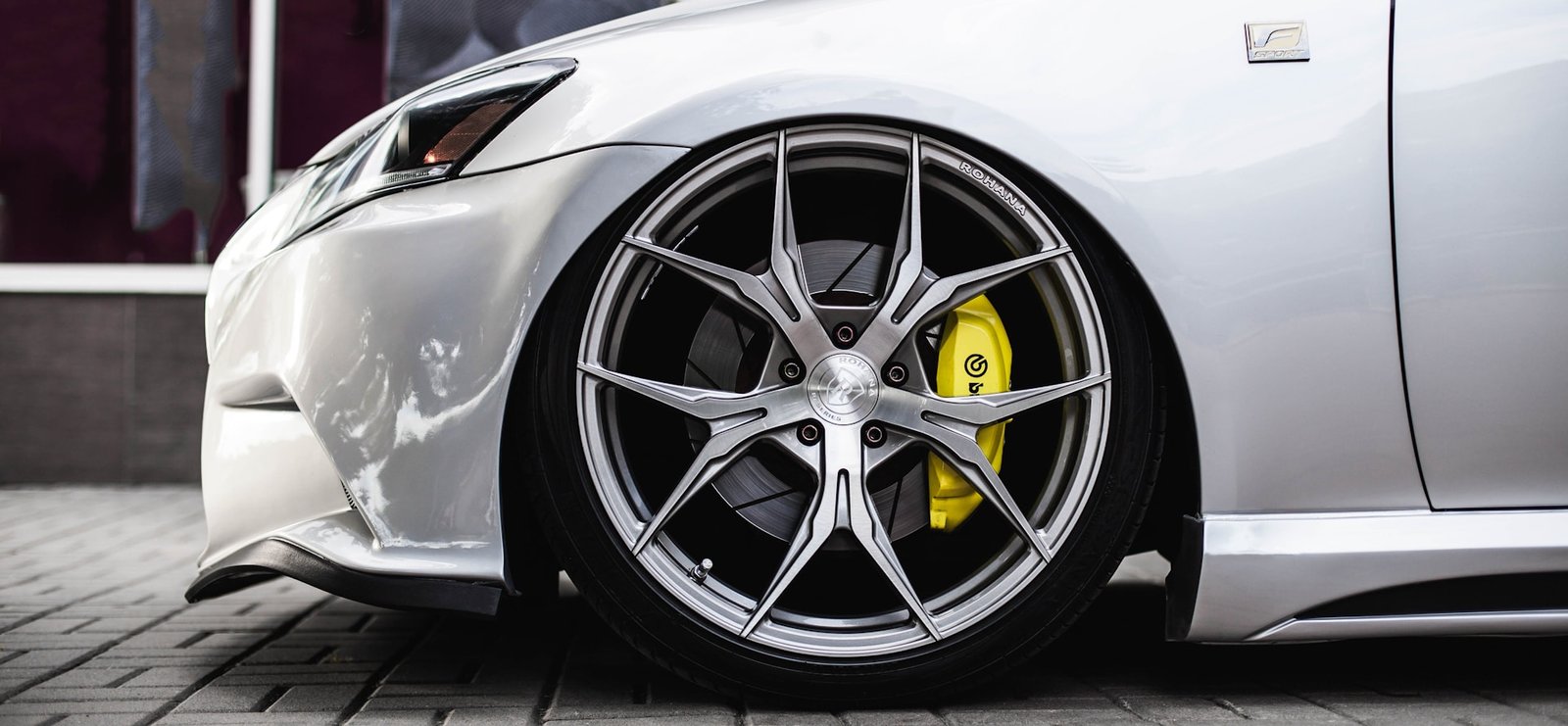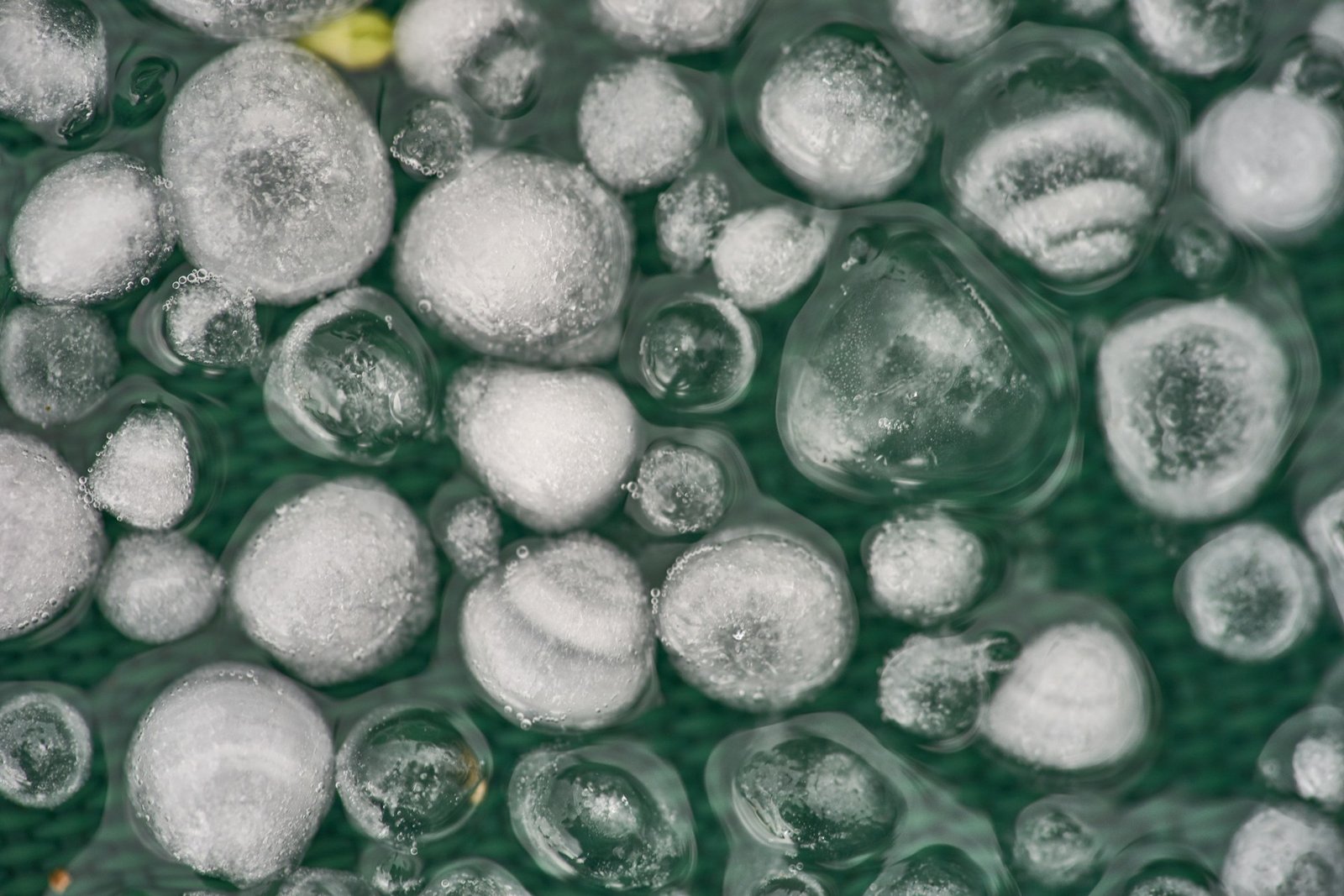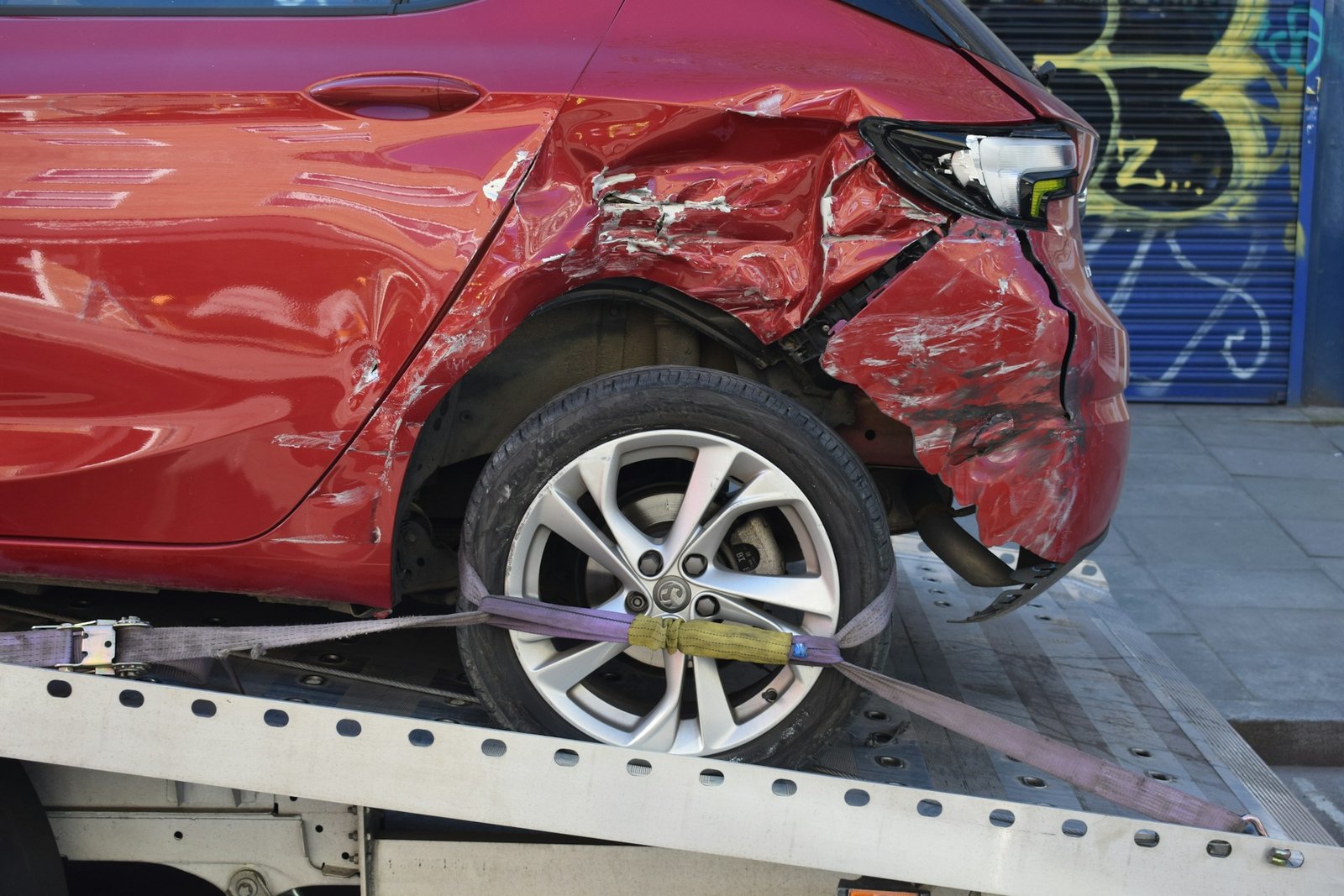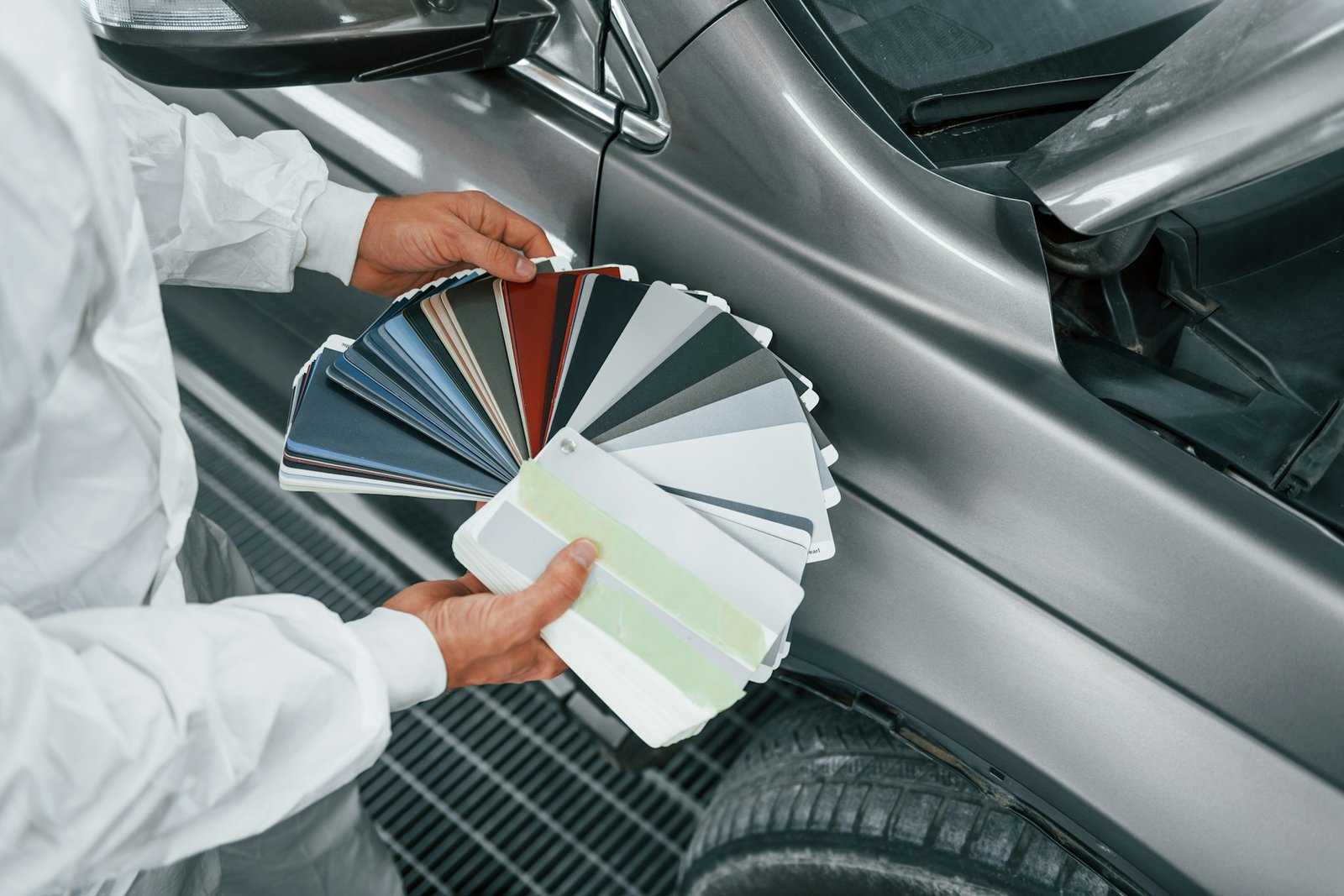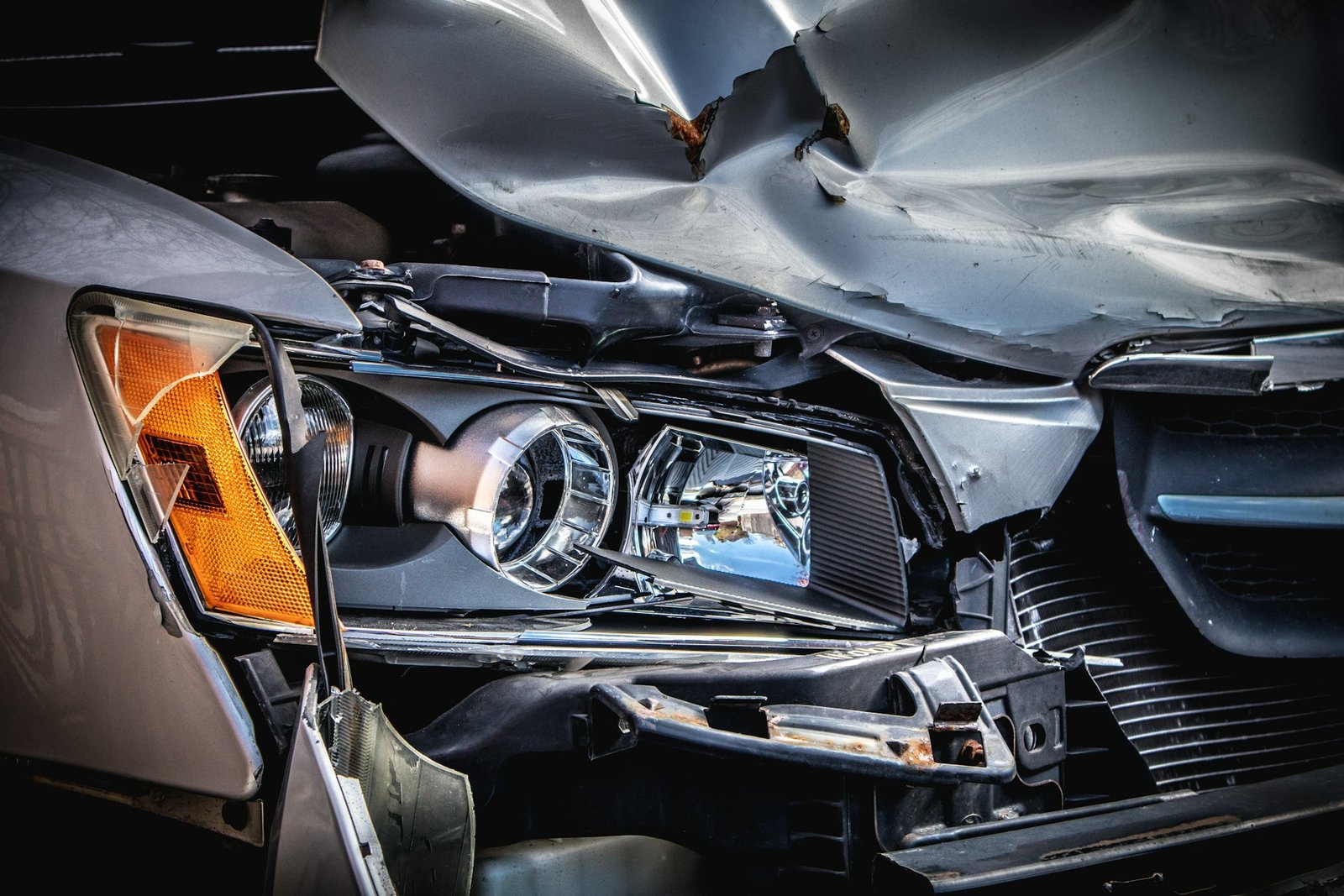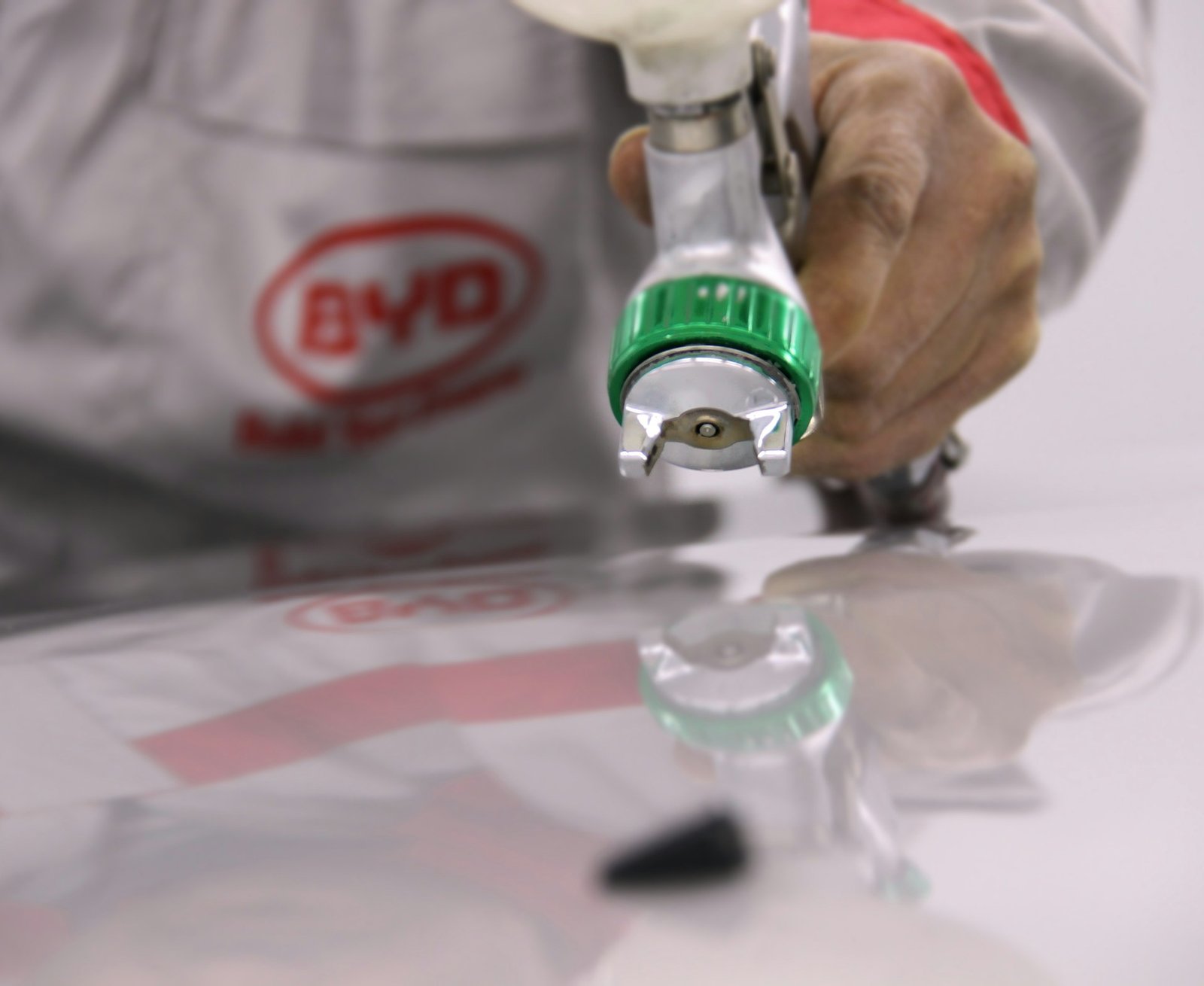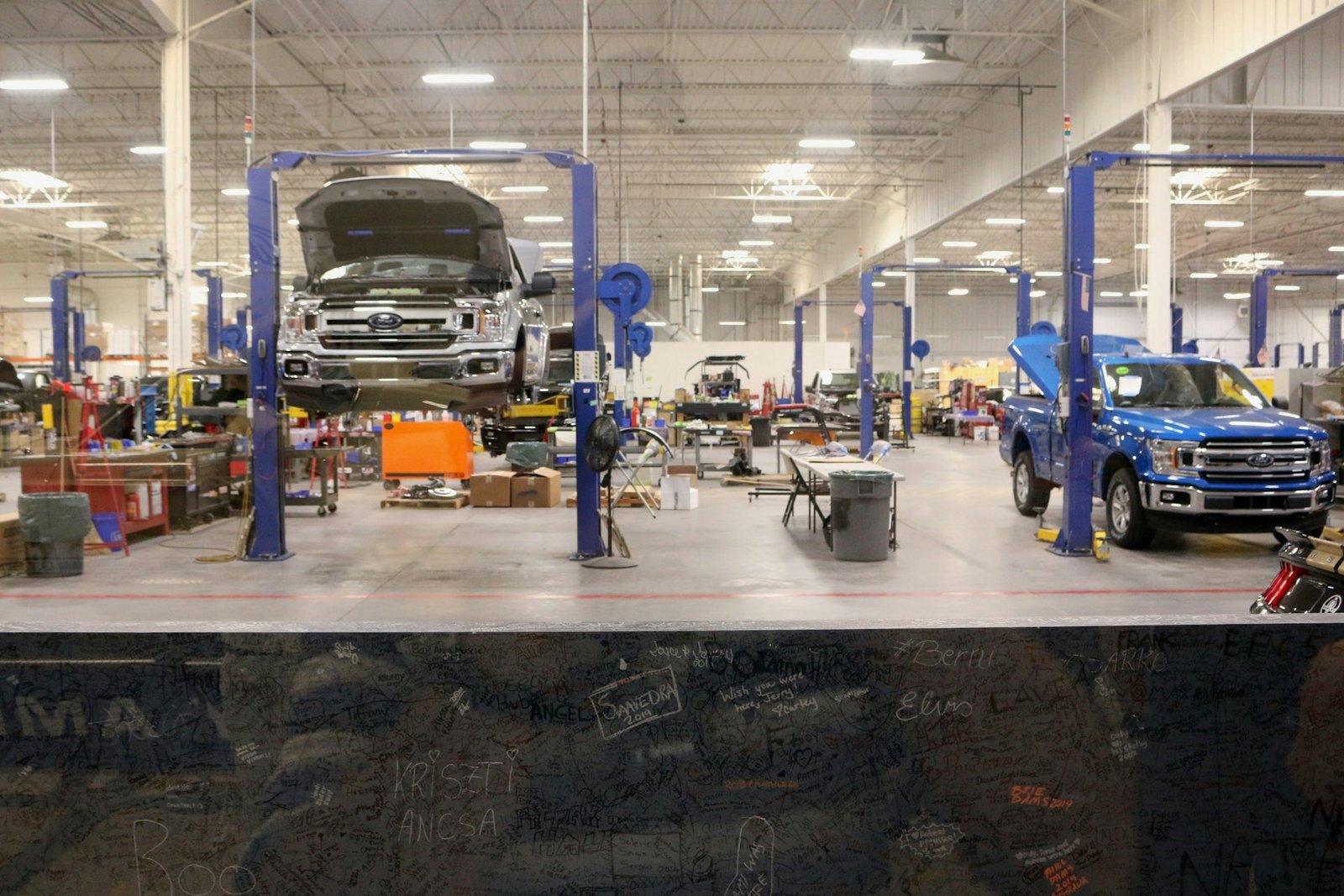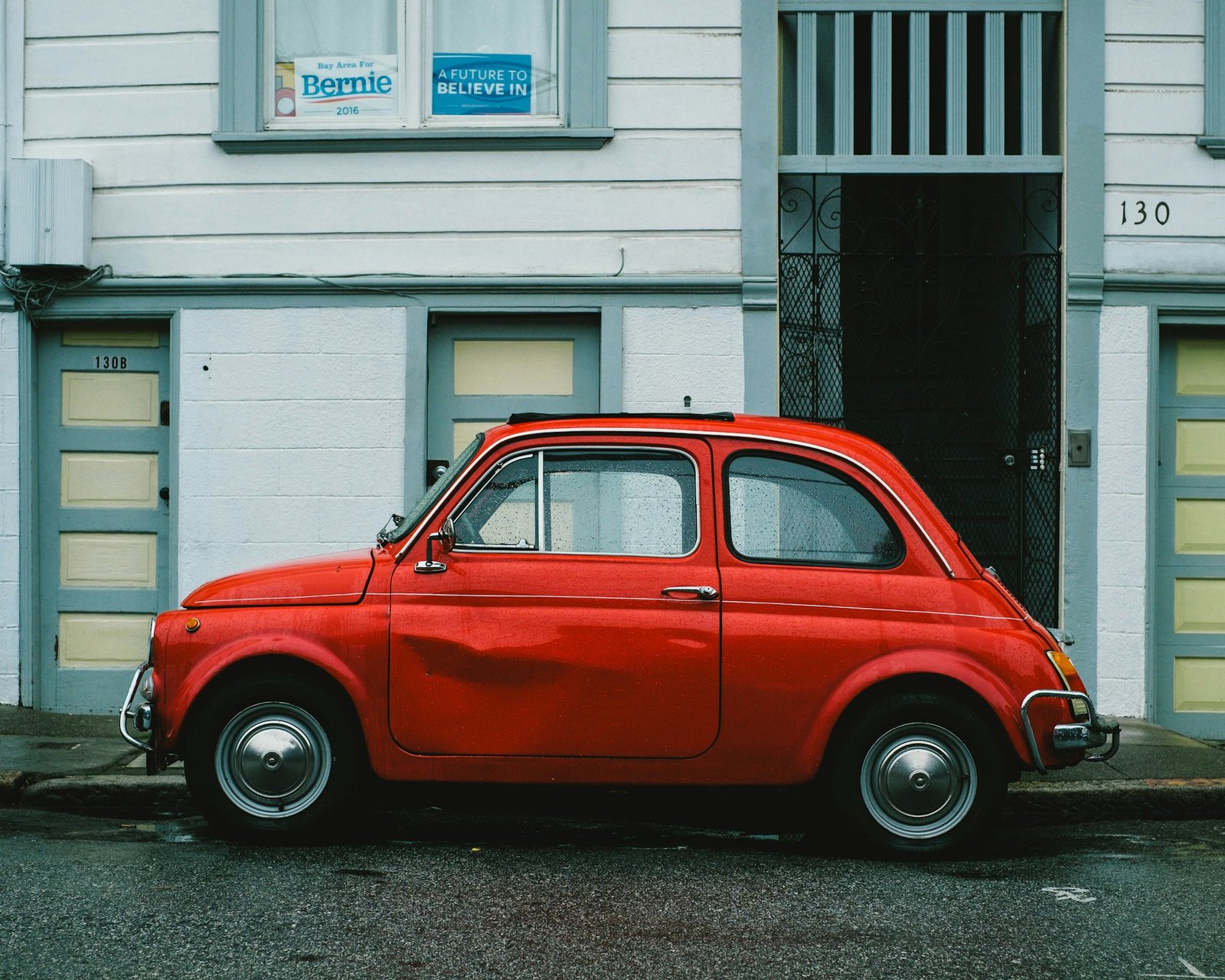Repairing auto paint can seem straightforward, but it’s easy to make mistakes that can ruin the finish and leave your car looking worse than before. Whether you’re fixing a small scratch or repainting an entire panel, knowing what not to do is just as important as knowing what to do. Avoiding common pitfalls can save you time, money, and frustration.
Mistakes during auto paint repair often stem from skipping essential steps or using the wrong materials. Each phase of the process—from surface preparation to the final drying step—requires careful attention to detail.
Overlooking these steps can lead to an uneven finish, peeling paint, or colors that don’t match the rest of the car. Understanding these common errors can help ensure your paint repair job looks professional and lasts a long time.
Let’s delve into some of the most common auto paint repair mistakes and how to avoid them. By being aware of these mistakes and following best practices, you can achieve a smooth, long-lasting finish that enhances your car’s appearance.
Whether you’re a seasoned DIY enthusiast or a first-time fixer, this guide will help you navigate the complexities of auto paint repair with confidence.
DIY Paint Job Gone Wrong? Fix These Errors
1. Skipping Proper Surface Preparation
One of the biggest mistakes you can make during auto paint repair is skipping proper surface preparation. The surface needs to be thoroughly cleaned and sanded before any paint is applied. If you fail to do this, the paint won’t adhere properly, leading to peeling, bubbling, and an uneven finish.
Before you start painting, wash the area thoroughly with soap and water to remove any dirt, grease, or road grime. Next, sand the surface to ensure it’s smooth and free of old paint or rust. This step is crucial because it helps the new paint stick better. Use fine-grit sandpaper to avoid scratching the surface too much.
Once sanding is complete, wipe the area with a tack cloth to remove any dust. Applying a primer is the next step. The primer acts as a base coat that helps the paint adhere better and ensures an even color. Skipping the primer can result in the paint not sticking well and looking patchy. Proper surface preparation sets the foundation for a flawless finish.
2. Using the Wrong Type of Paint
Another common mistake is using the wrong type of paint for your car. Not all paints are created equal, and using the incorrect type can lead to problems like color mismatches, poor adhesion, or even damage to your vehicle.
Automotive paint is specially formulated to withstand the elements and protect your car’s surface. Using household paint or paints not designed for cars will not provide the durability needed. Make sure to use paint specifically designed for automotive use to ensure a lasting finish.
When choosing paint, also consider the color and finish. Matching the color precisely is important, especially if you’re only painting a small section of the car. Using the wrong shade can make the repair stand out rather than blend in.
Additionally, the finish should match the rest of the vehicle’s paint. Whether it’s a glossy, matte, or metallic finish, consistency is key to a professional look. By using the right type of paint and matching the color and finish correctly, you can avoid common pitfalls and ensure your car looks as good as new.
3. Ignoring Environmental Factors
Ignoring environmental factors can lead to poor paint adhesion and an unsatisfactory finish. Temperature, humidity, and even wind can affect how well the paint dries and adheres to the surface. Painting in unsuitable conditions can result in bubbles, streaks, and a finish that doesn’t last.
Temperature plays a big role when painting a car. If it’s too cold, the paint can become thick and difficult to apply smoothly. If it’s too hot, the paint might dry too quickly, leading to an uneven texture. Aim to work in a controlled environment where the temperature is between 50°F and 80°F for the best results.
Humidity is another important factor. High humidity can cause moisture to get trapped under the paint, leading to bubbling and peeling later on. It’s best to paint in dry conditions where the humidity is low. Also, avoid painting on windy days as dust and debris can get blown onto the wet paint and ruin the finish.
By paying attention to environmental factors, you can ensure that your paint job dries properly and looks great. Always work indoors if possible and use climate controls to create the best conditions for painting.
4. Rushing the Drying Process
Rushing the drying process is a common mistake that can lead to a poor-quality finish. Paint needs sufficient time to dry between coats to ensure that it bonds properly. Skipping this step or hurrying through it can result in a finish that is uneven and prone to damage.
Patience is key when it comes to drying paint. Each coat, whether it’s primer, base, or clear coat, needs time to dry completely before the next layer is applied. Follow the manufacturer’s guidelines for drying times to avoid complications. Using tools like heat lamps and heaters might seem like a quick fix, but they can cause the paint to dry unevenly and may lead to cracking or wrinkling.
Also, avoid touching the paint while it’s drying. Fingerprints and smudges can mar the surface and require additional work to fix. Keep the area dust-free and avoid any activities that might disturb the drying paint.
Giving the paint ample time to dry ensures a smooth and durable finish. This attention to detail helps you achieve a professional look that will last, saving you time and money on future touch-ups.
Protect Your Car’s Value: Paint Repair Best Practices
In auto paint repair, avoiding common mistakes can make all the difference between a flawless finish and a frustrating do-over. Each step, from cleaning and sanding to choosing the right paint and allowing adequate drying time, is crucial in achieving a durable and aesthetically pleasing paint job.
Taking the time to do it right ensures that your car looks great and stands up to the elements. These careful measures prevent unnecessary damage and prolong the life of your vehicle’s paint. By avoiding these common mistakes, you can maintain your car’s gleaming finish and save on future repairs.
If you’re looking to ensure the best possible result for your auto paint repair in Orlando, trust the professionals. At Windermere Collision Center, we have the expertise and facilities to handle your vehicle’s paint needs with precision. Contact us today to schedule an appointment, and let us help you achieve that perfect finish.

